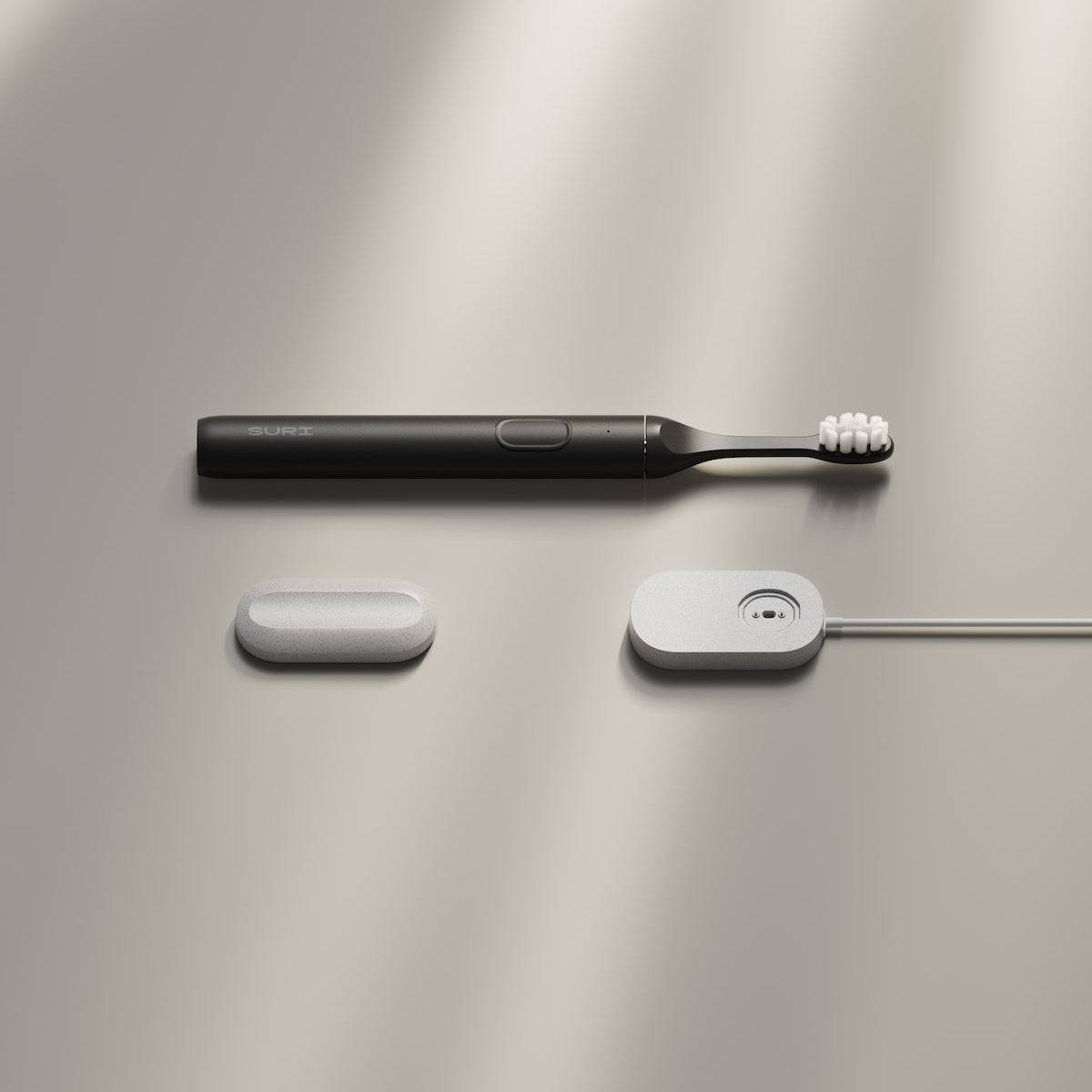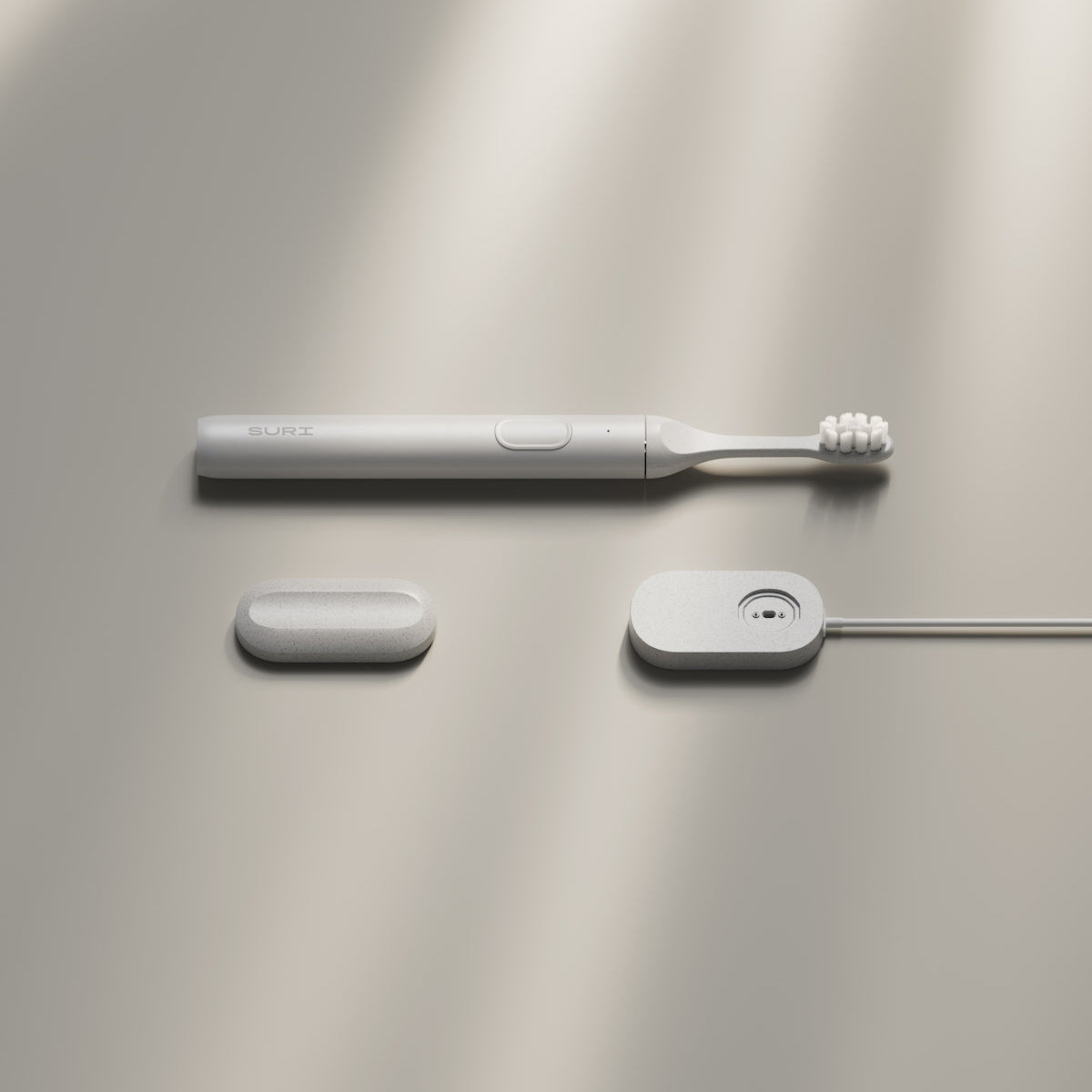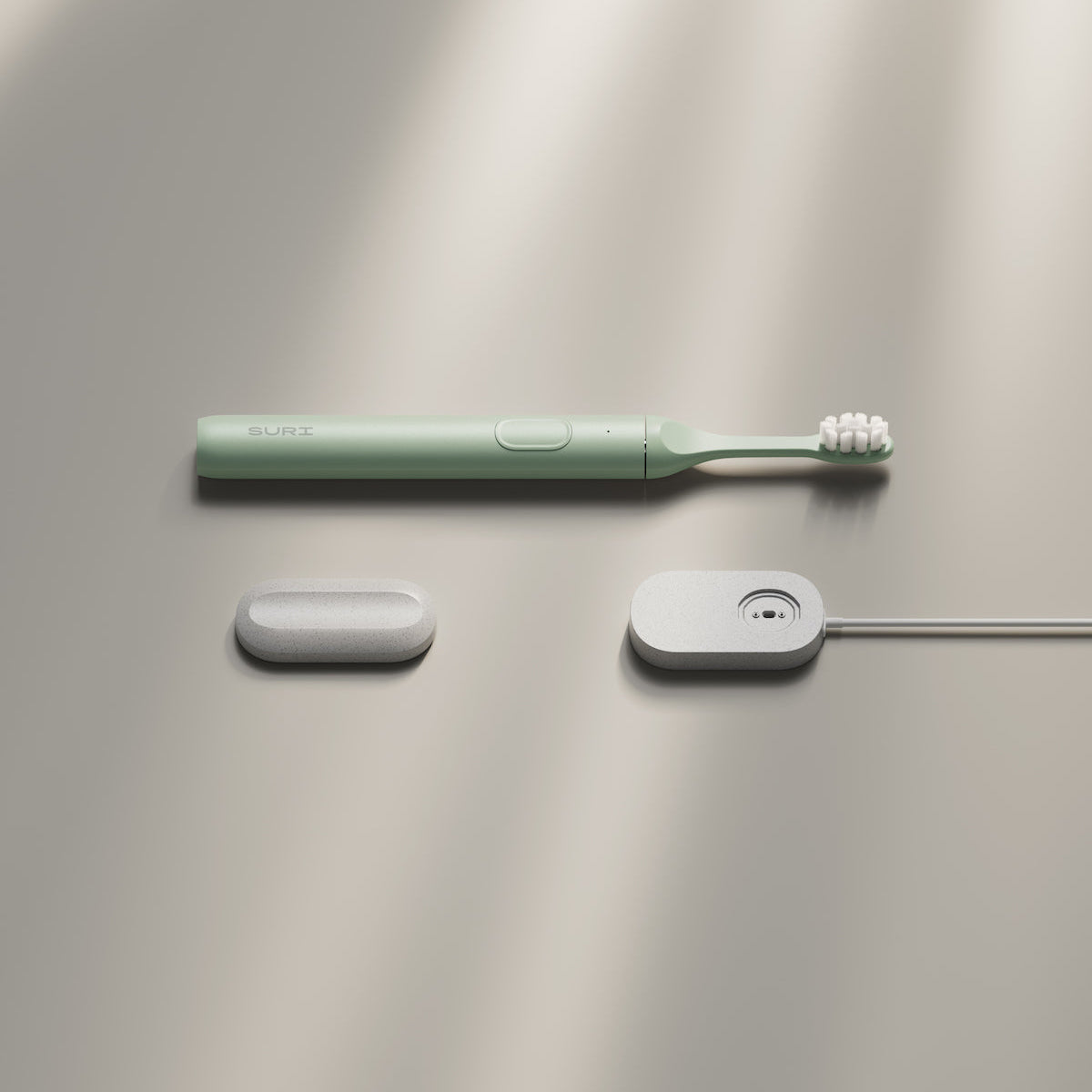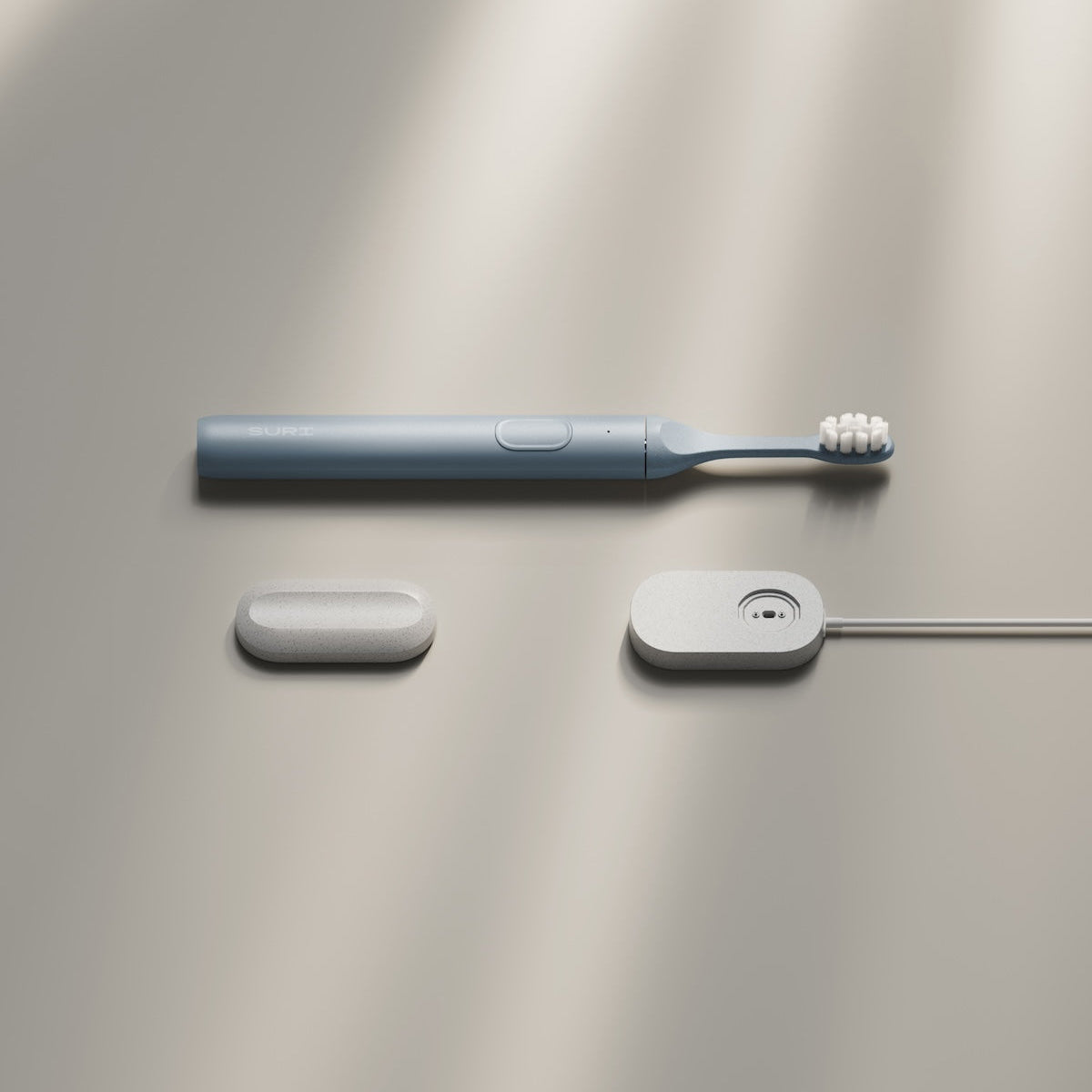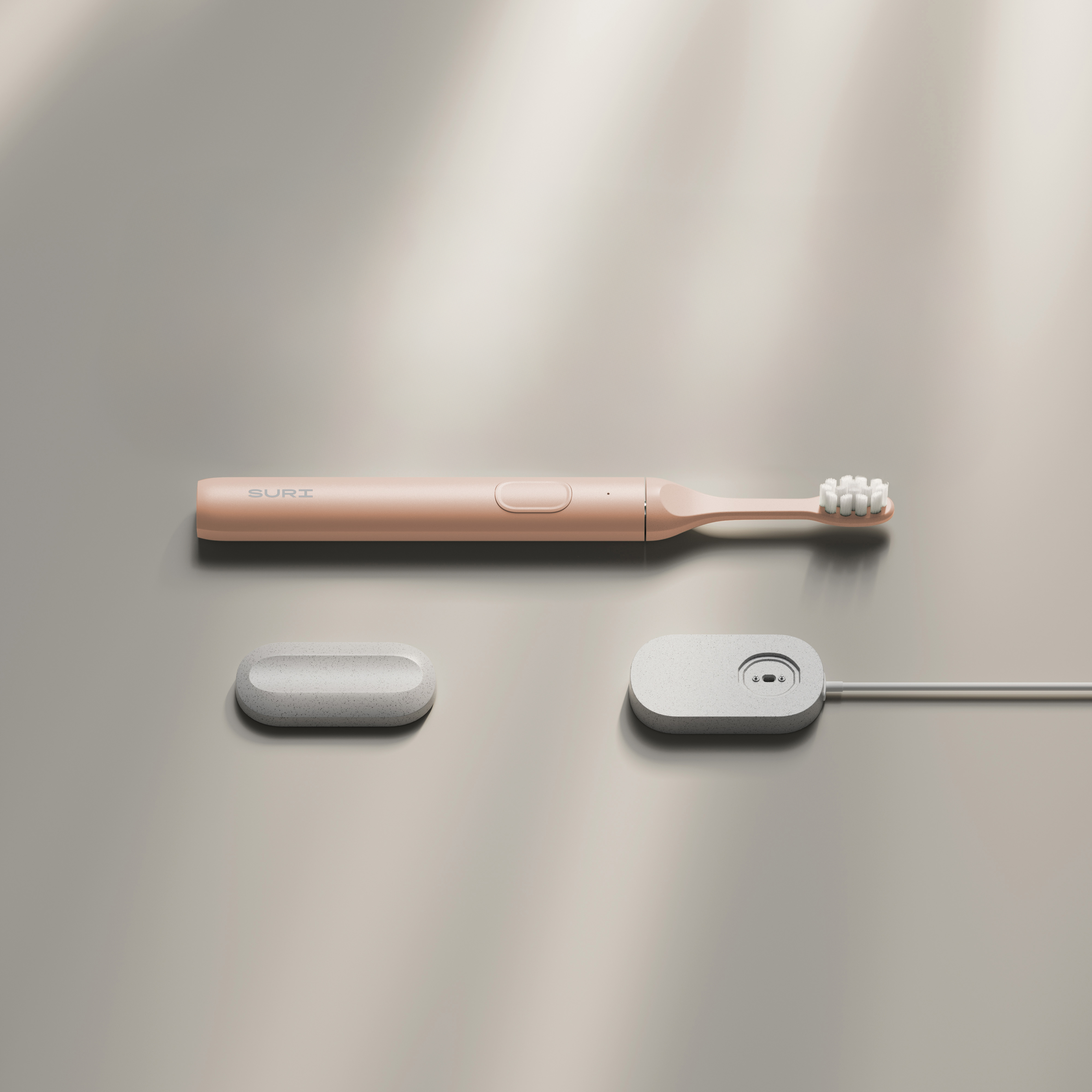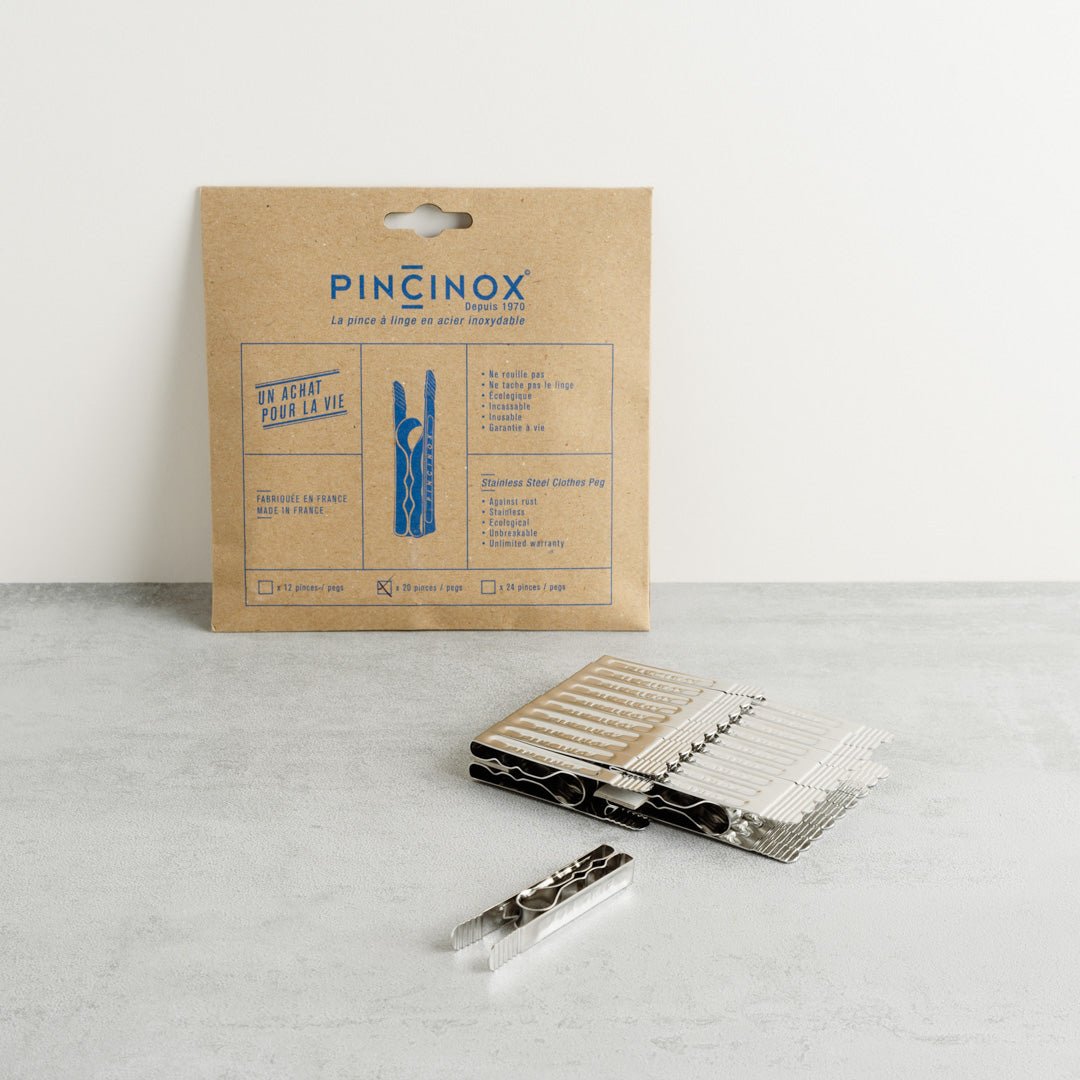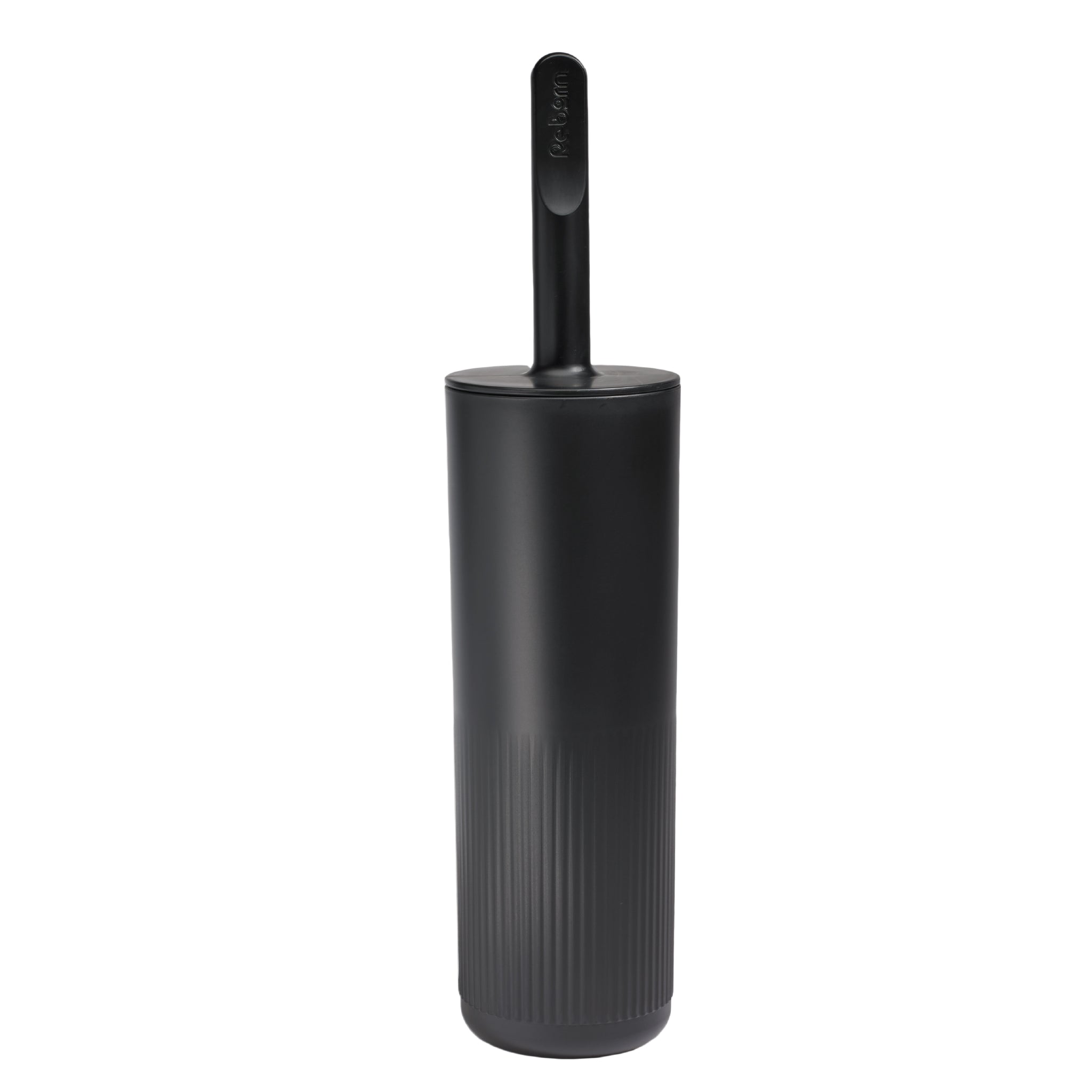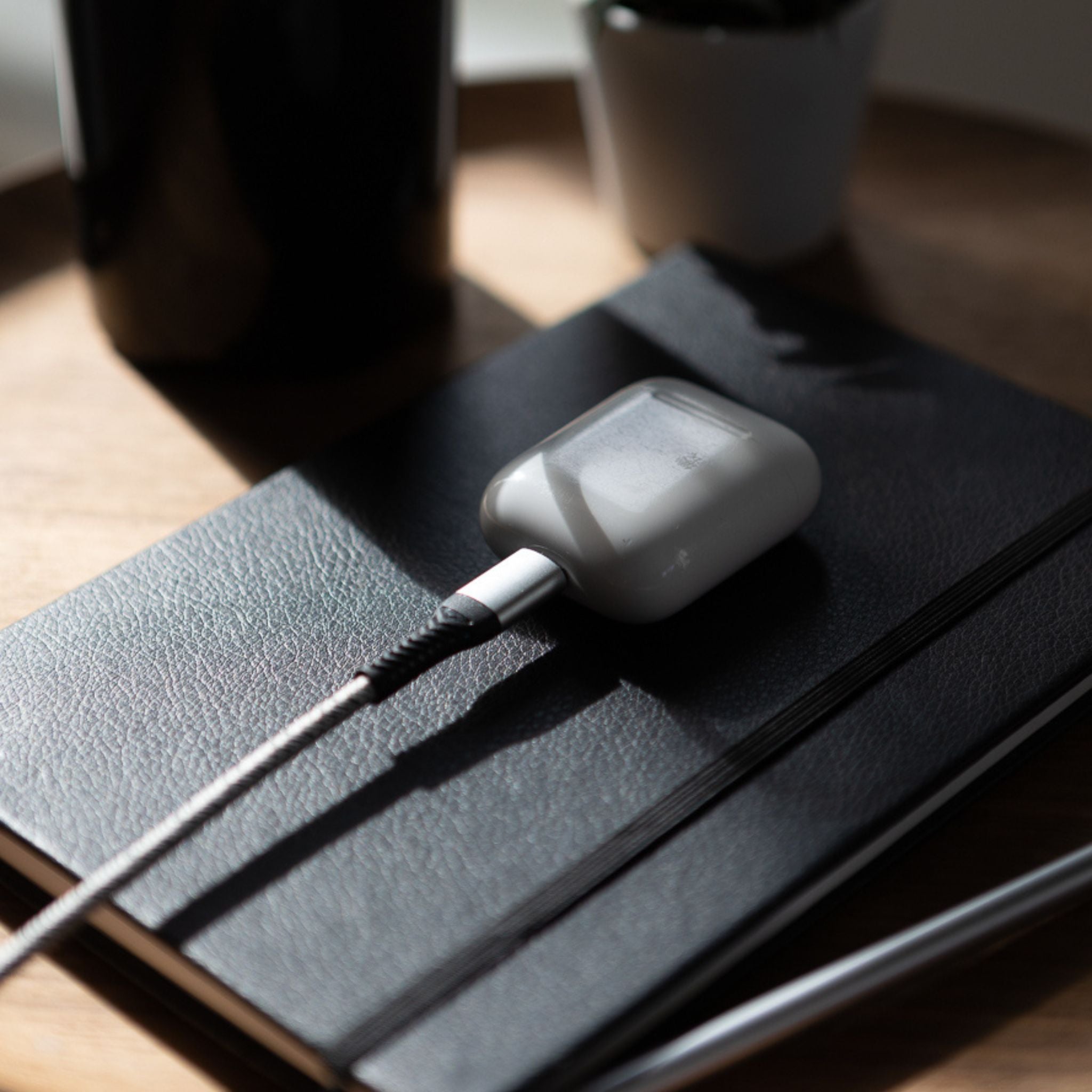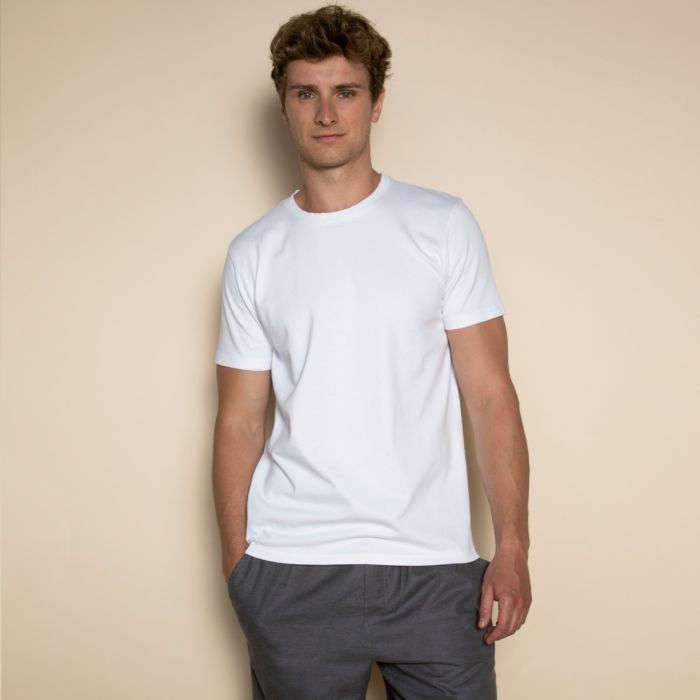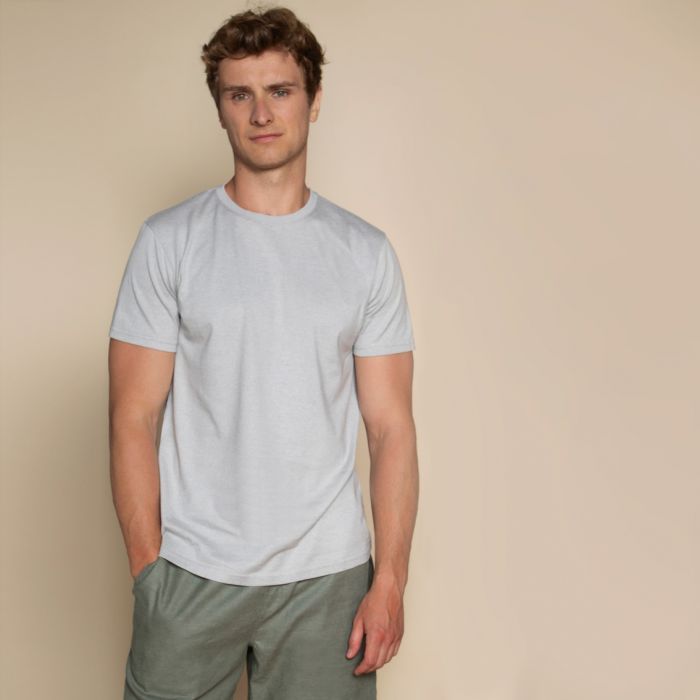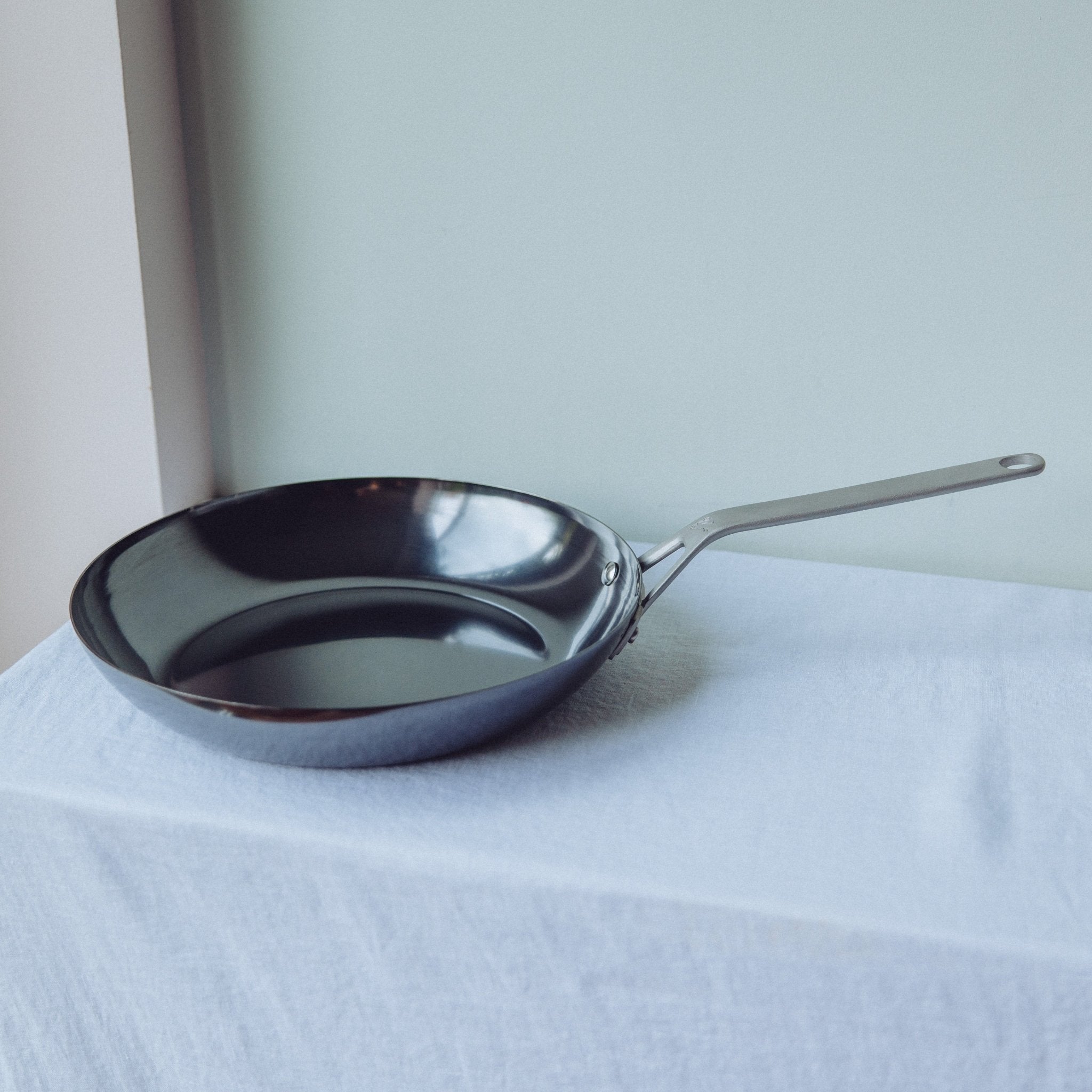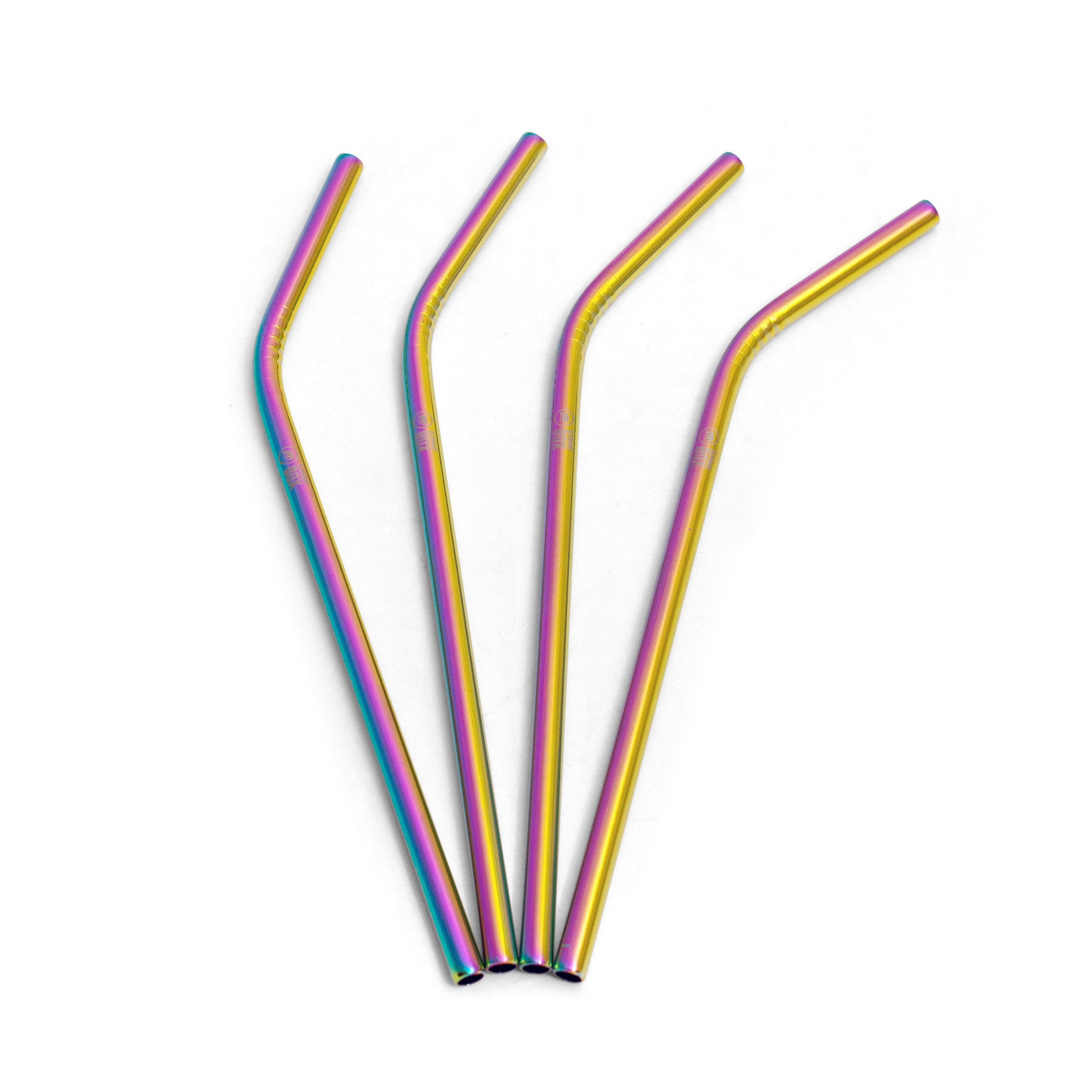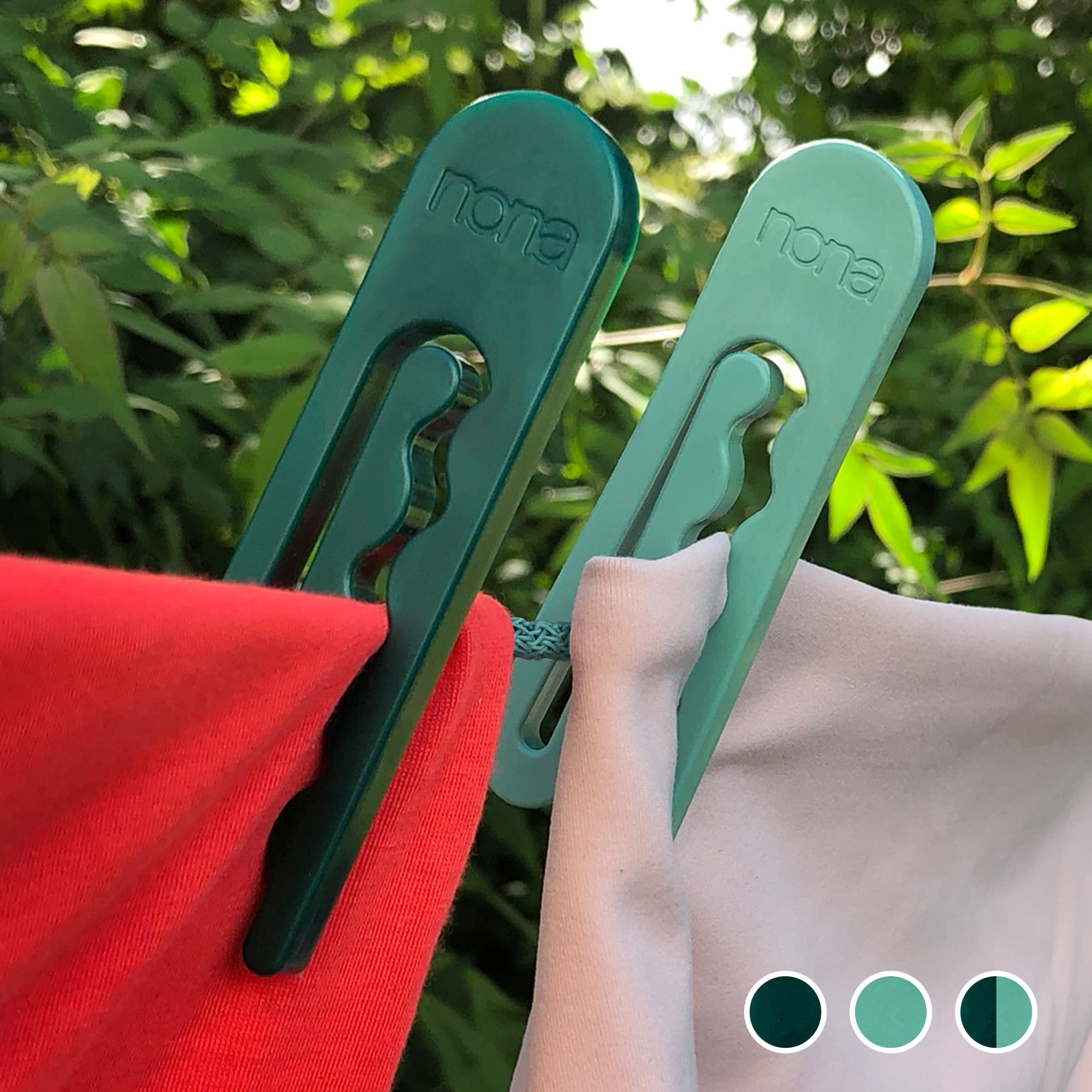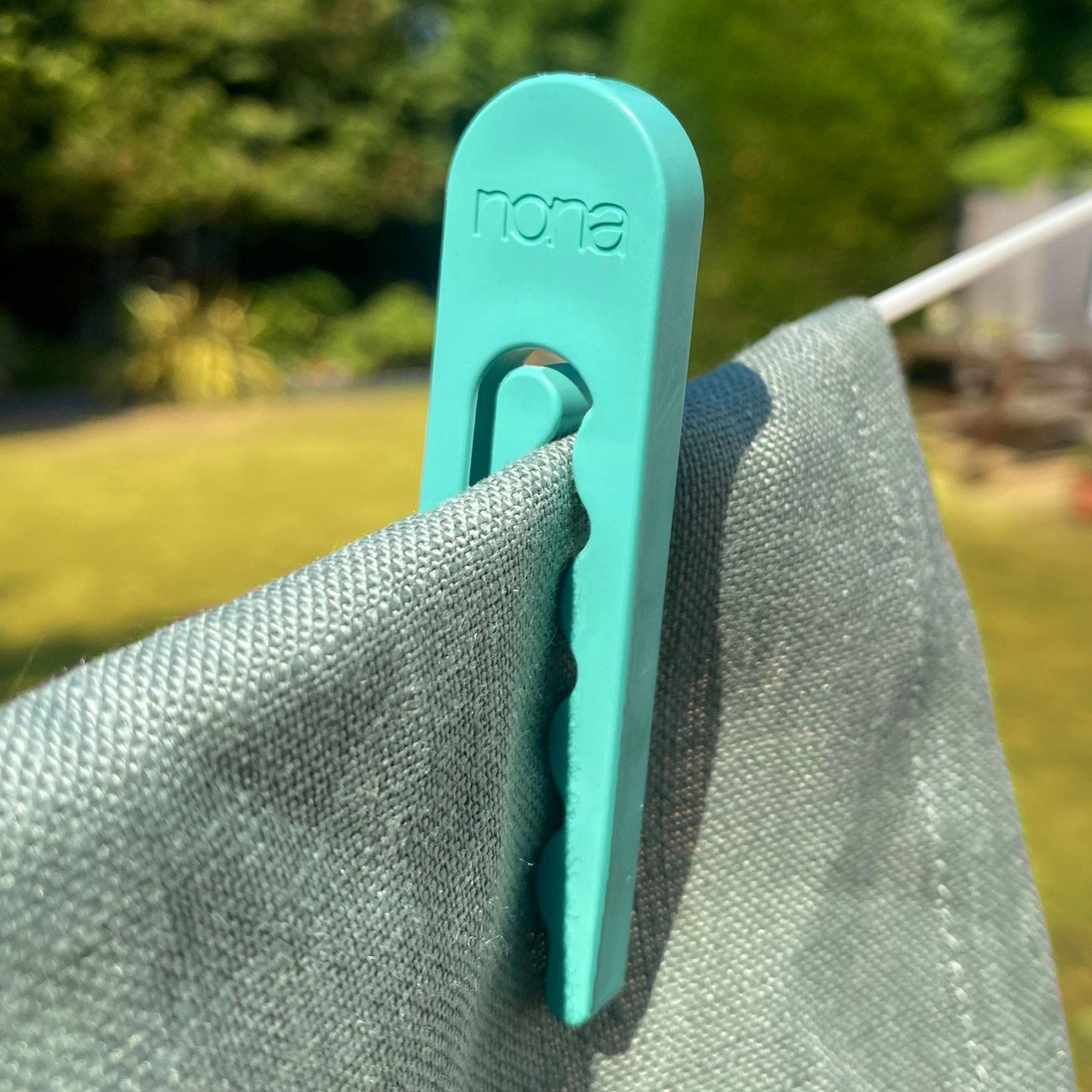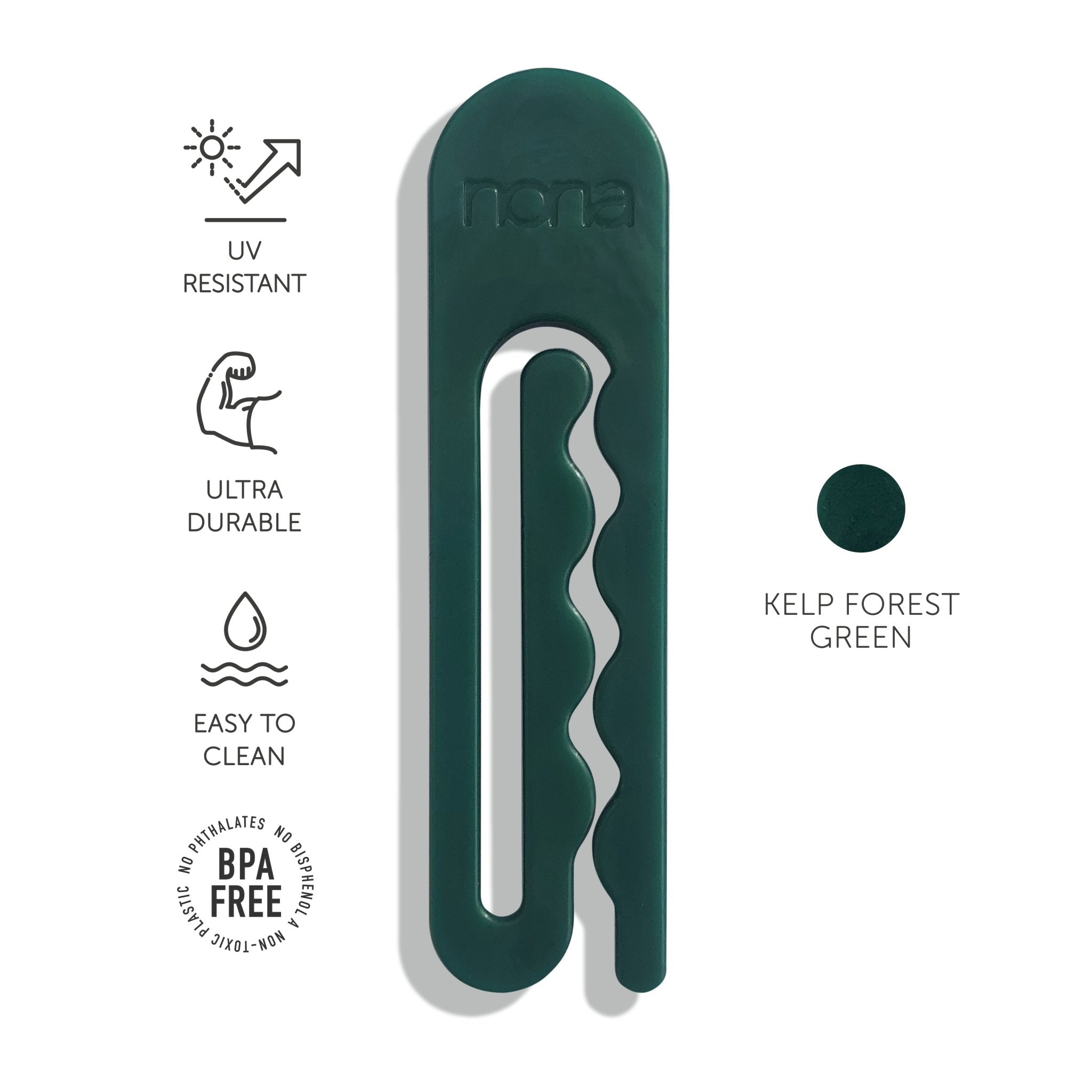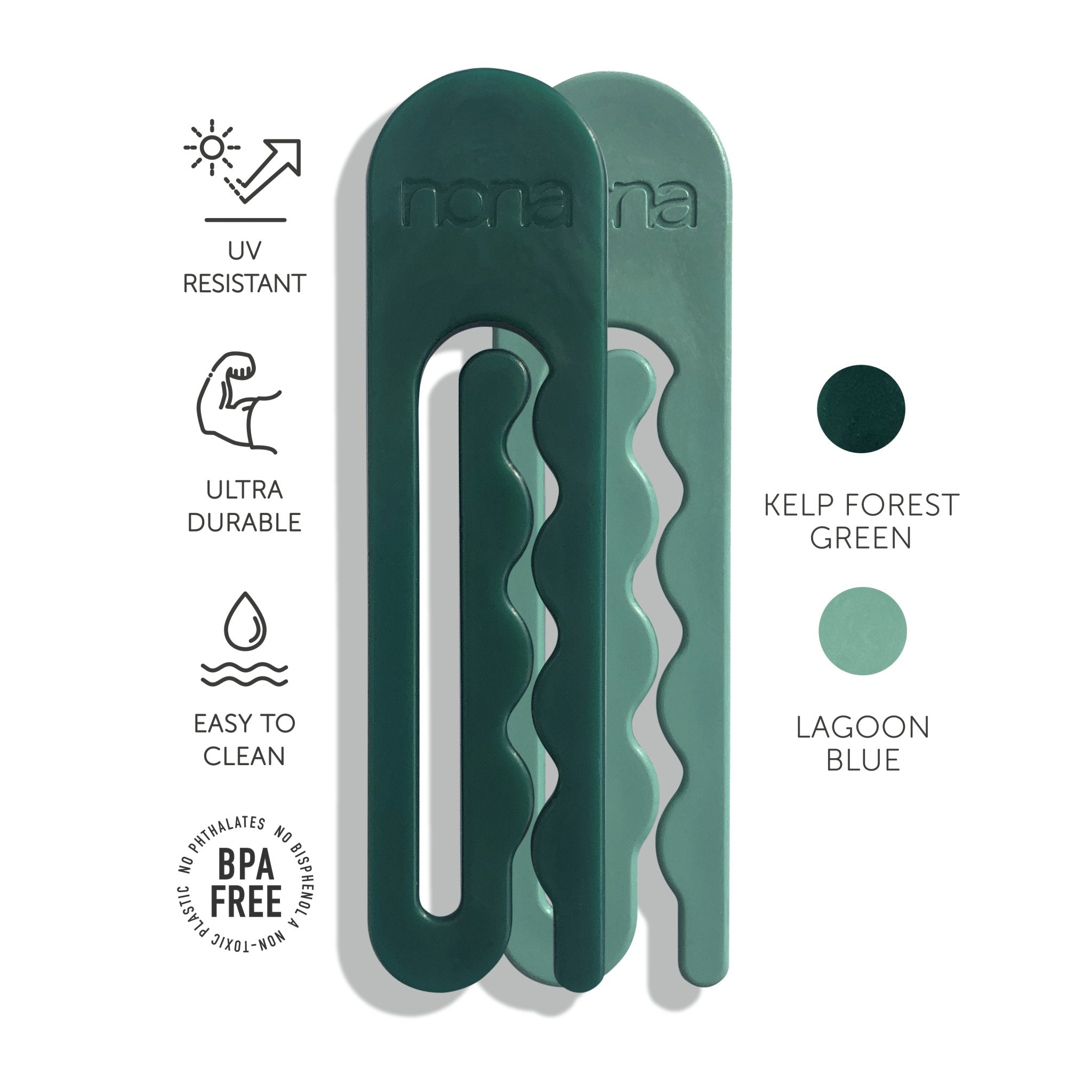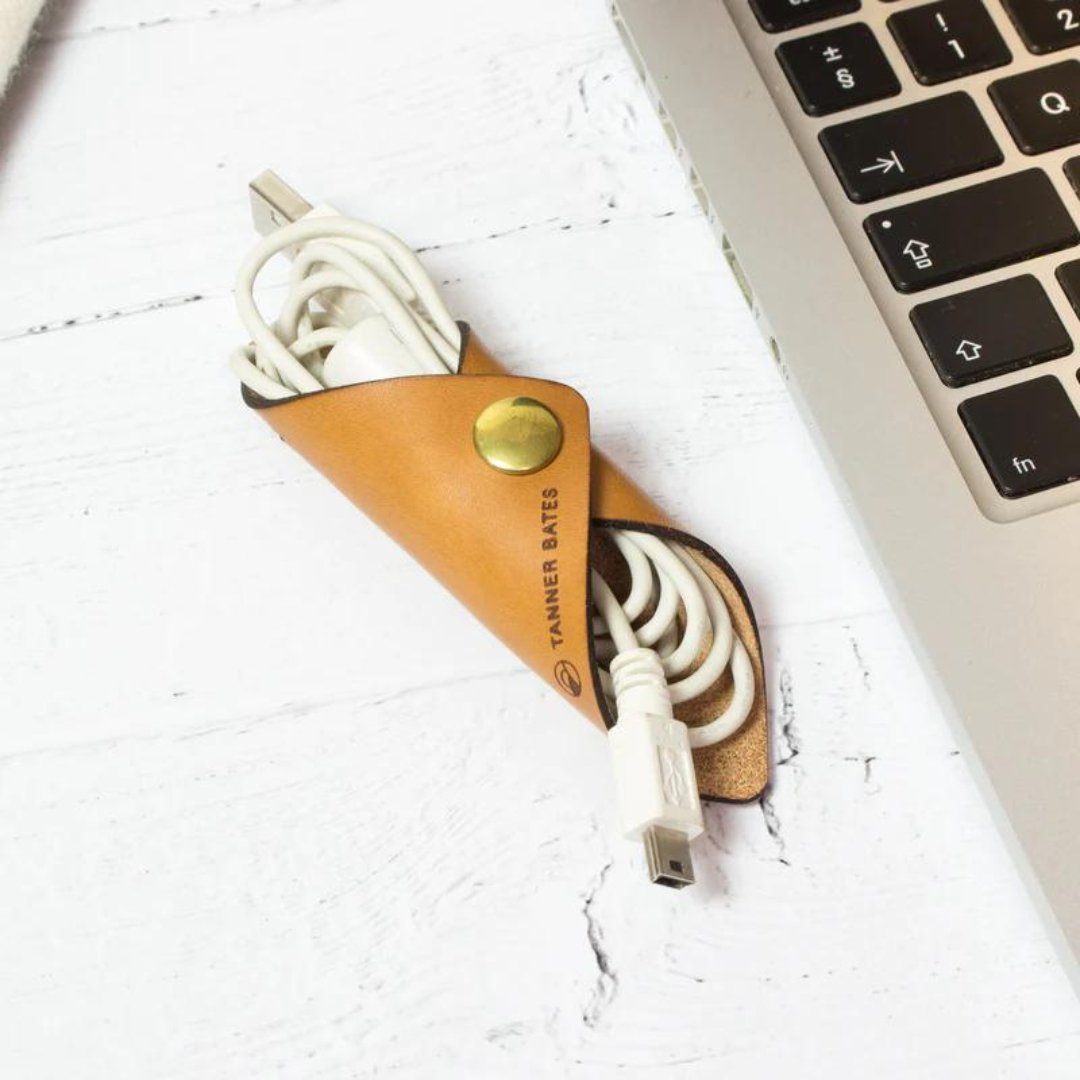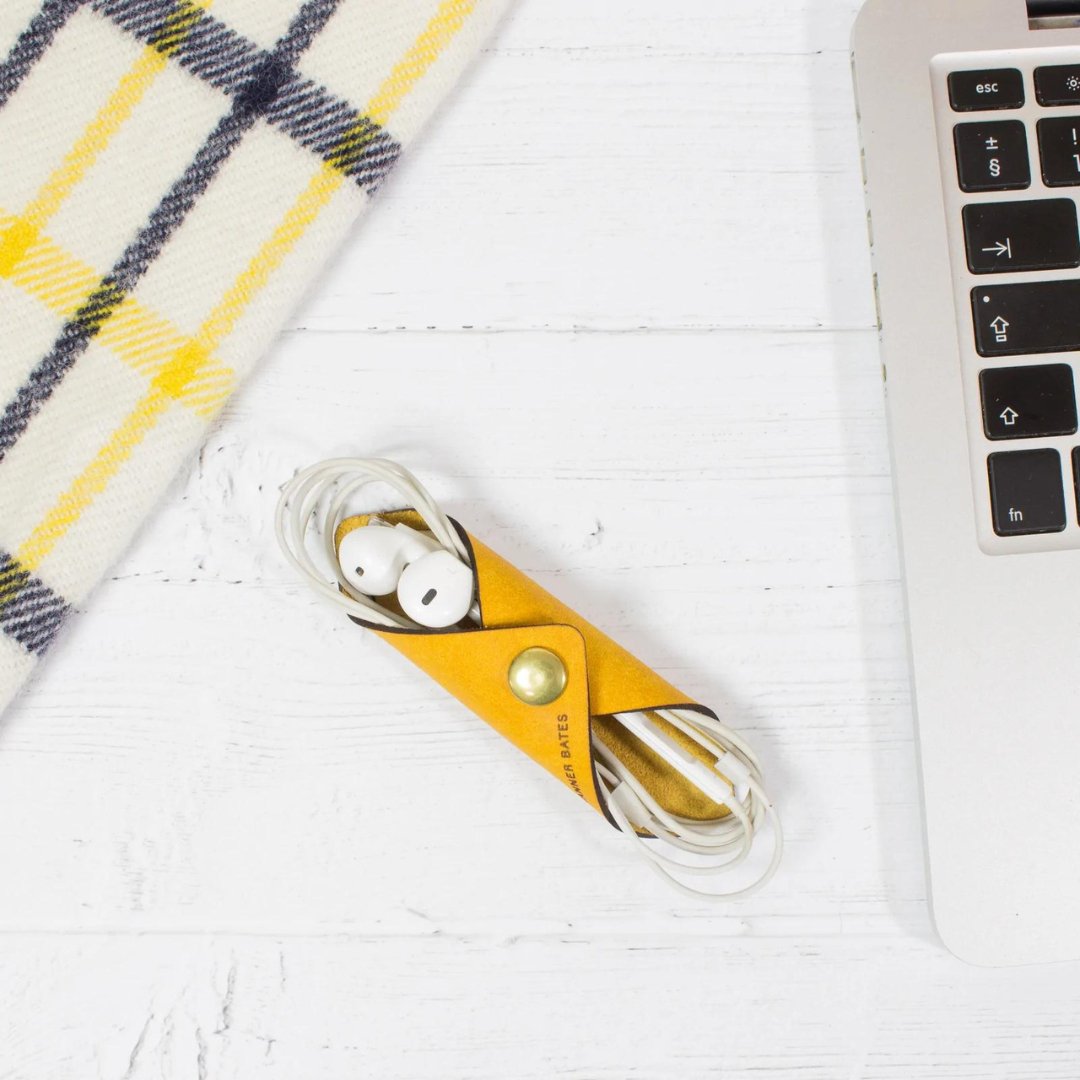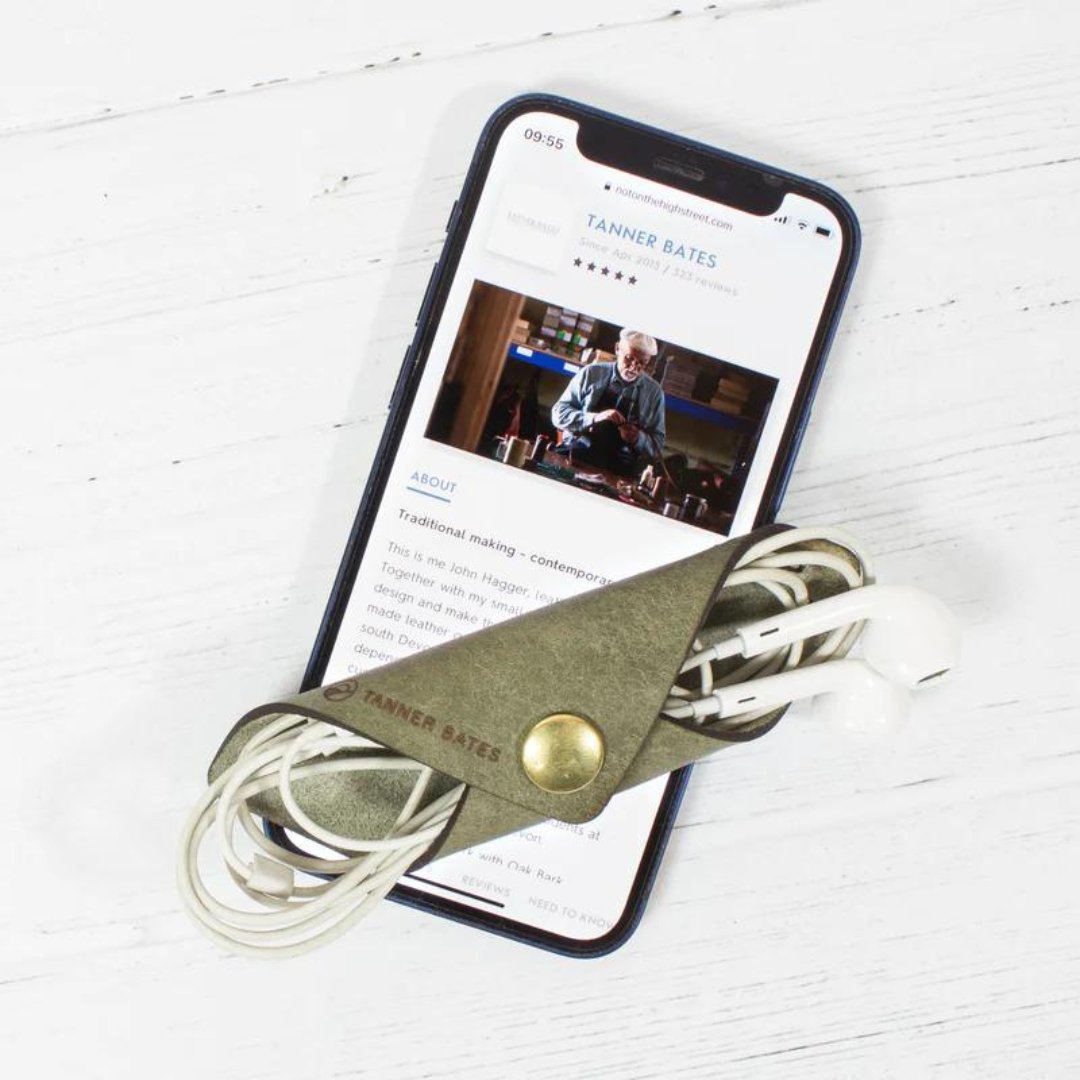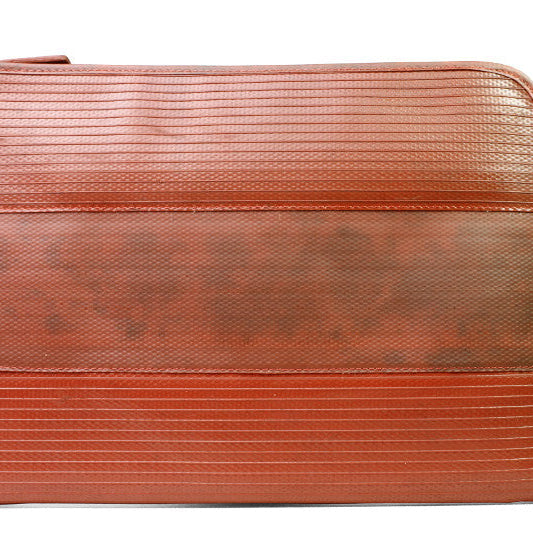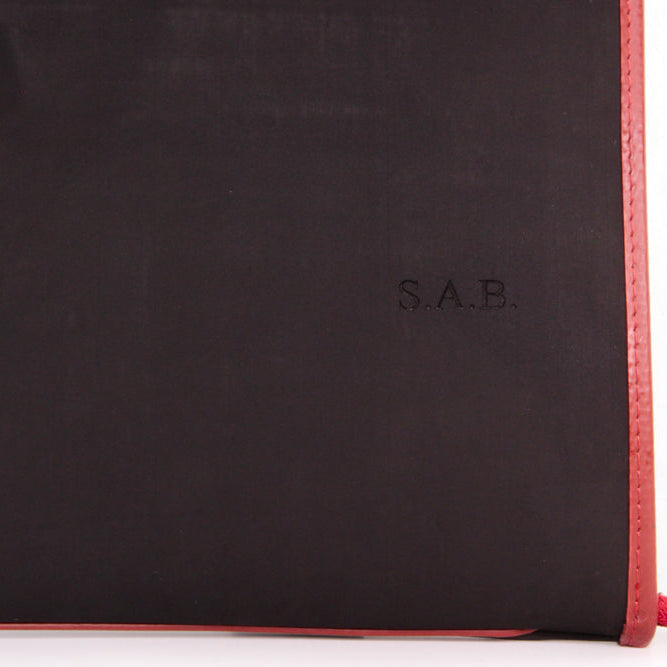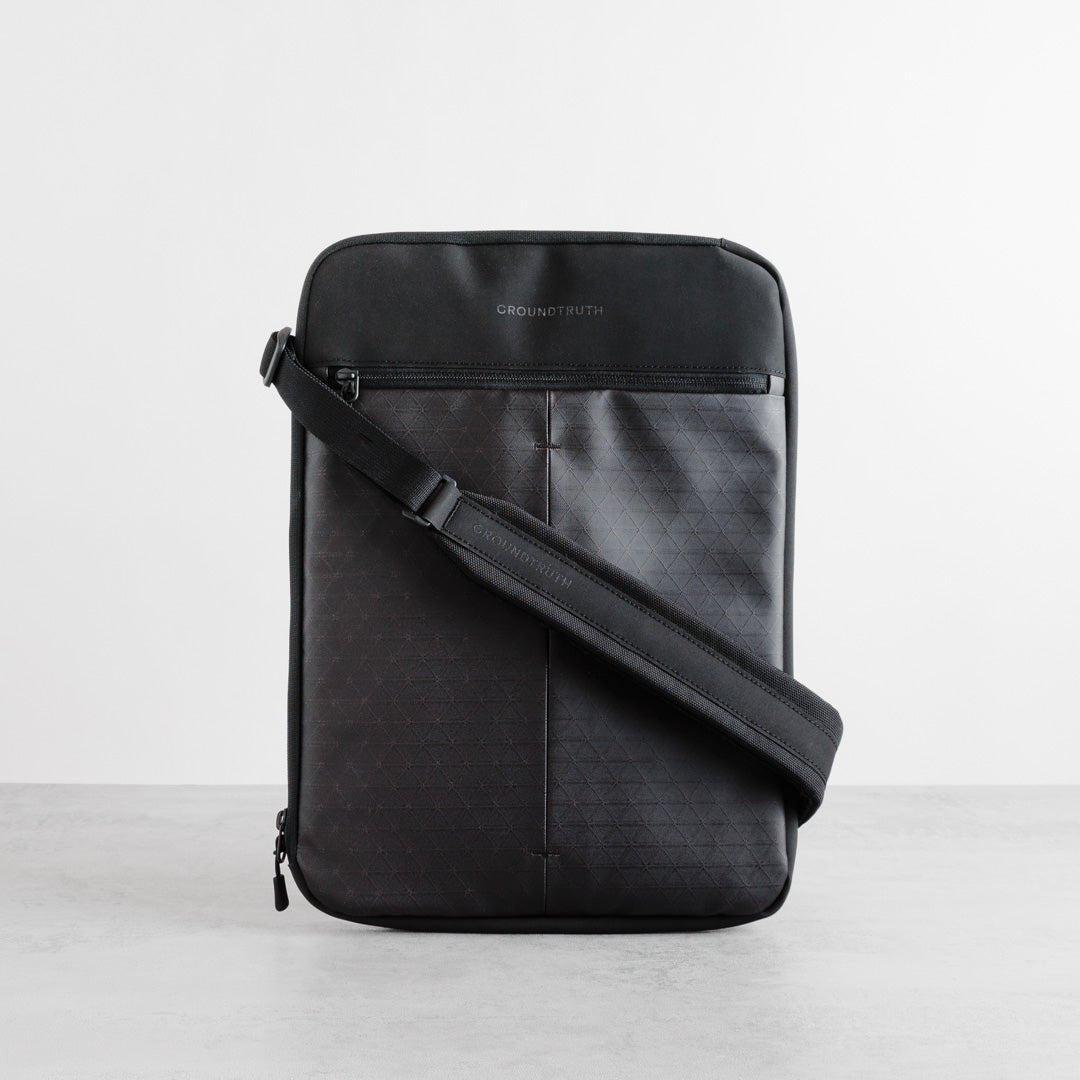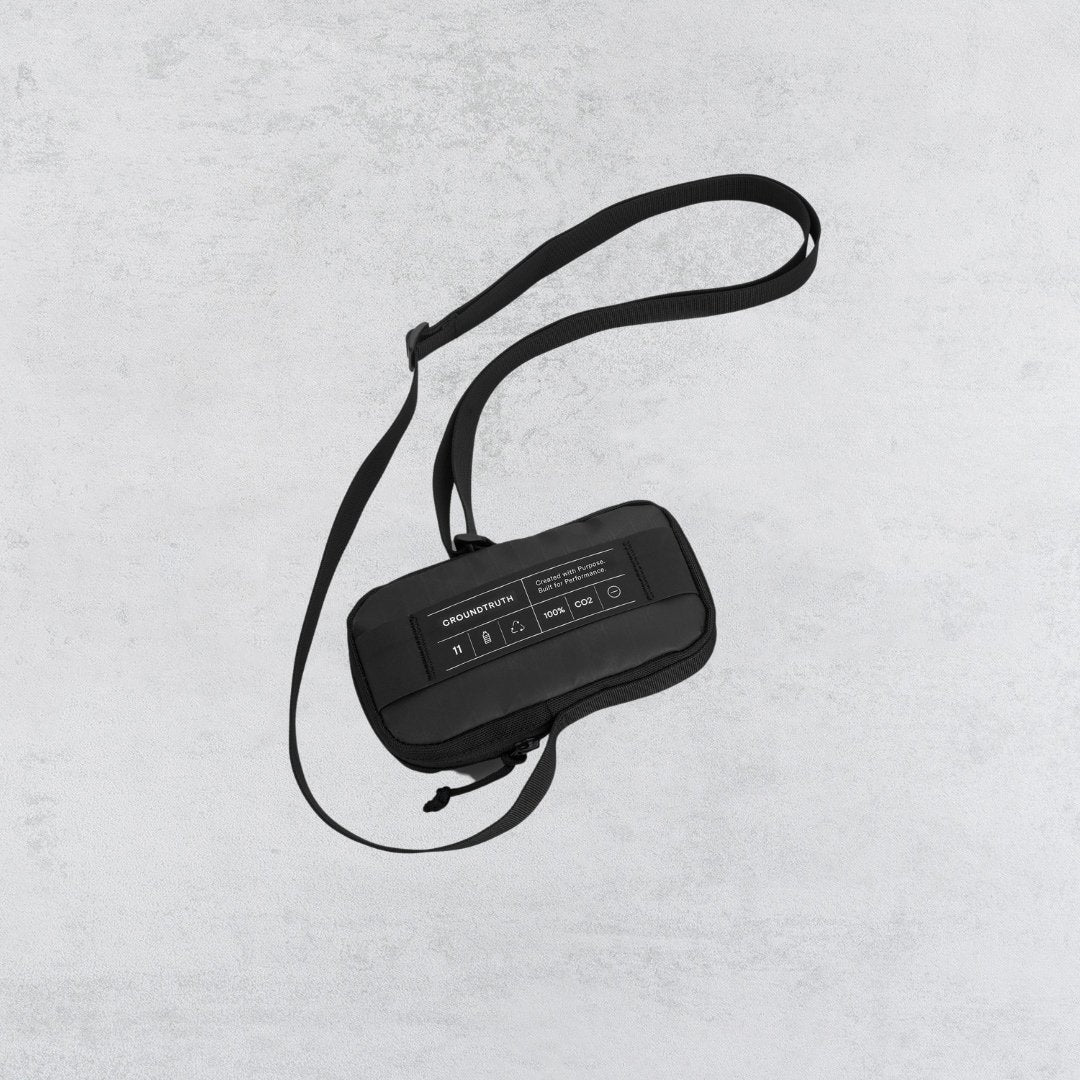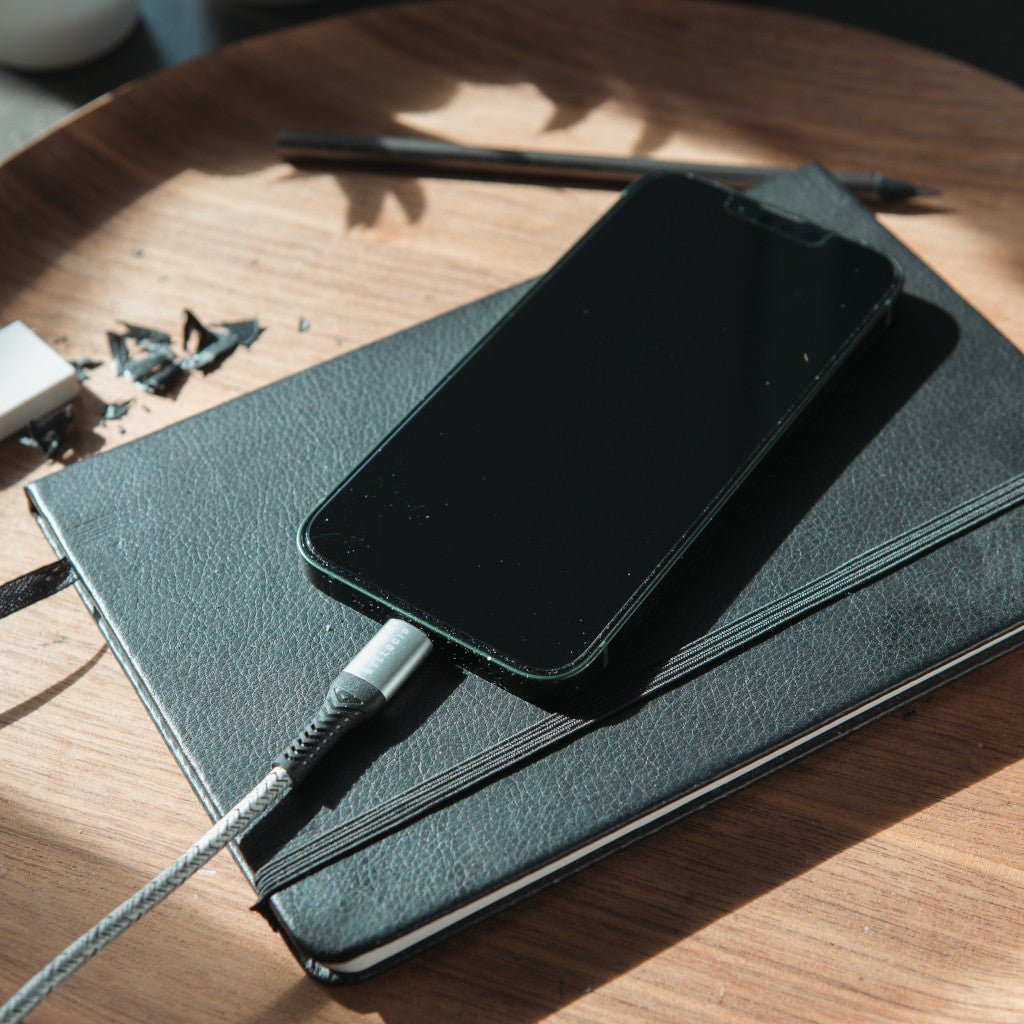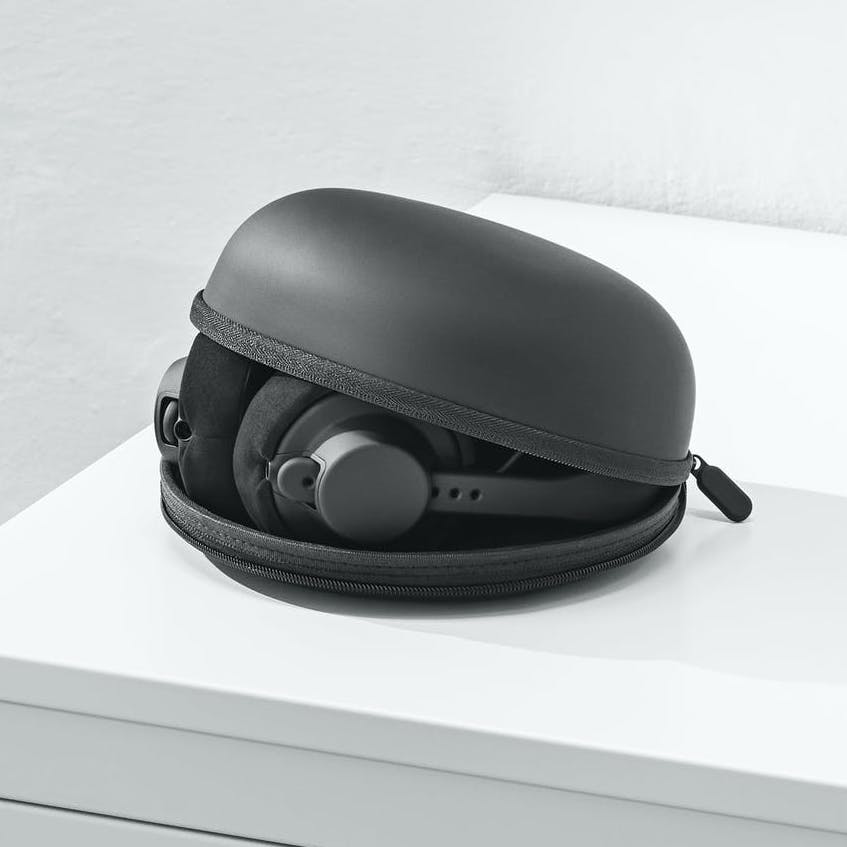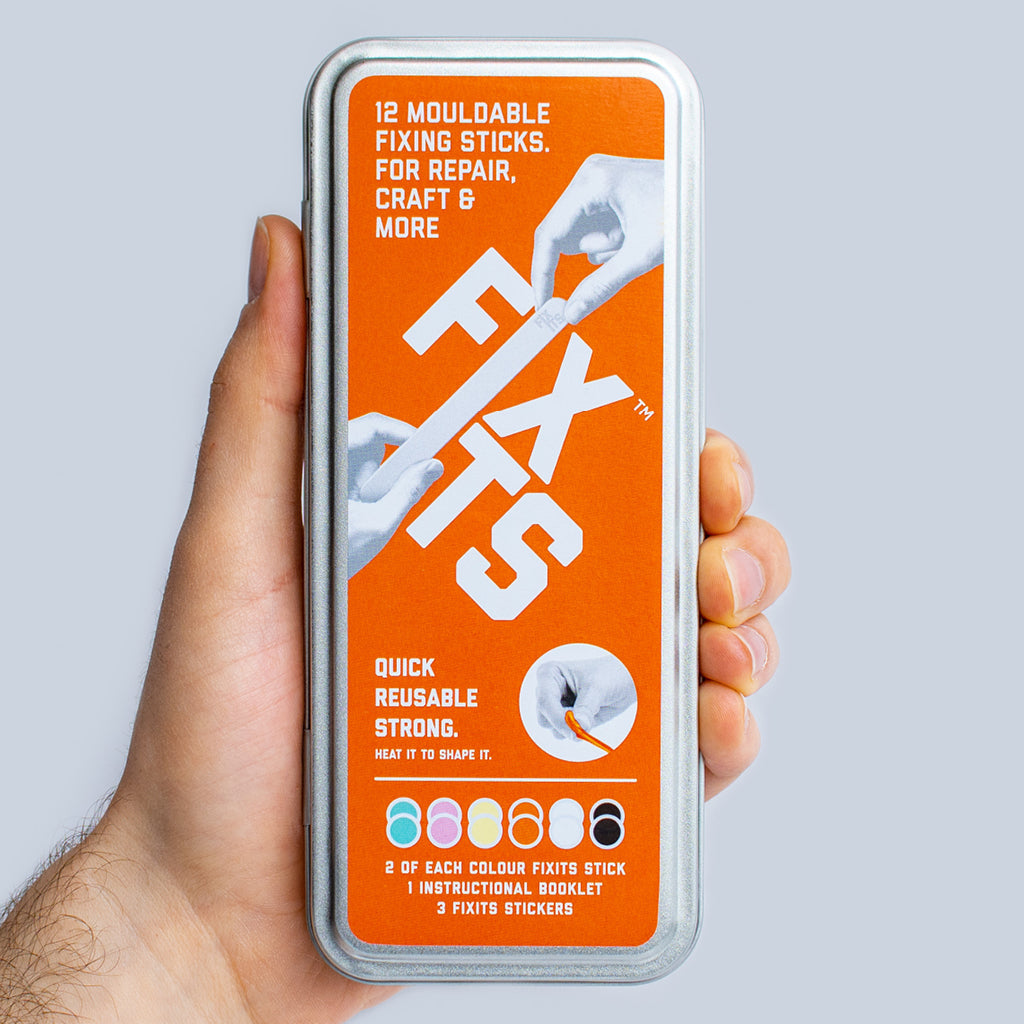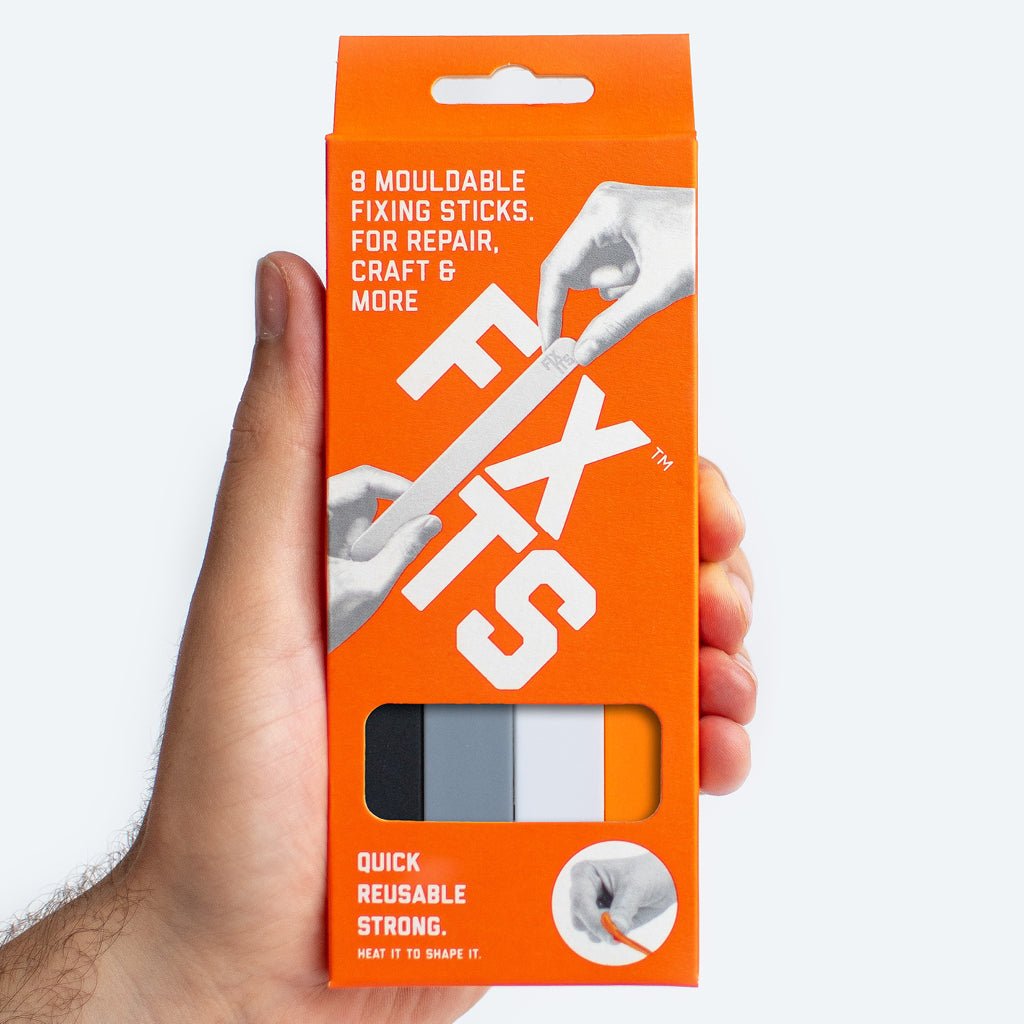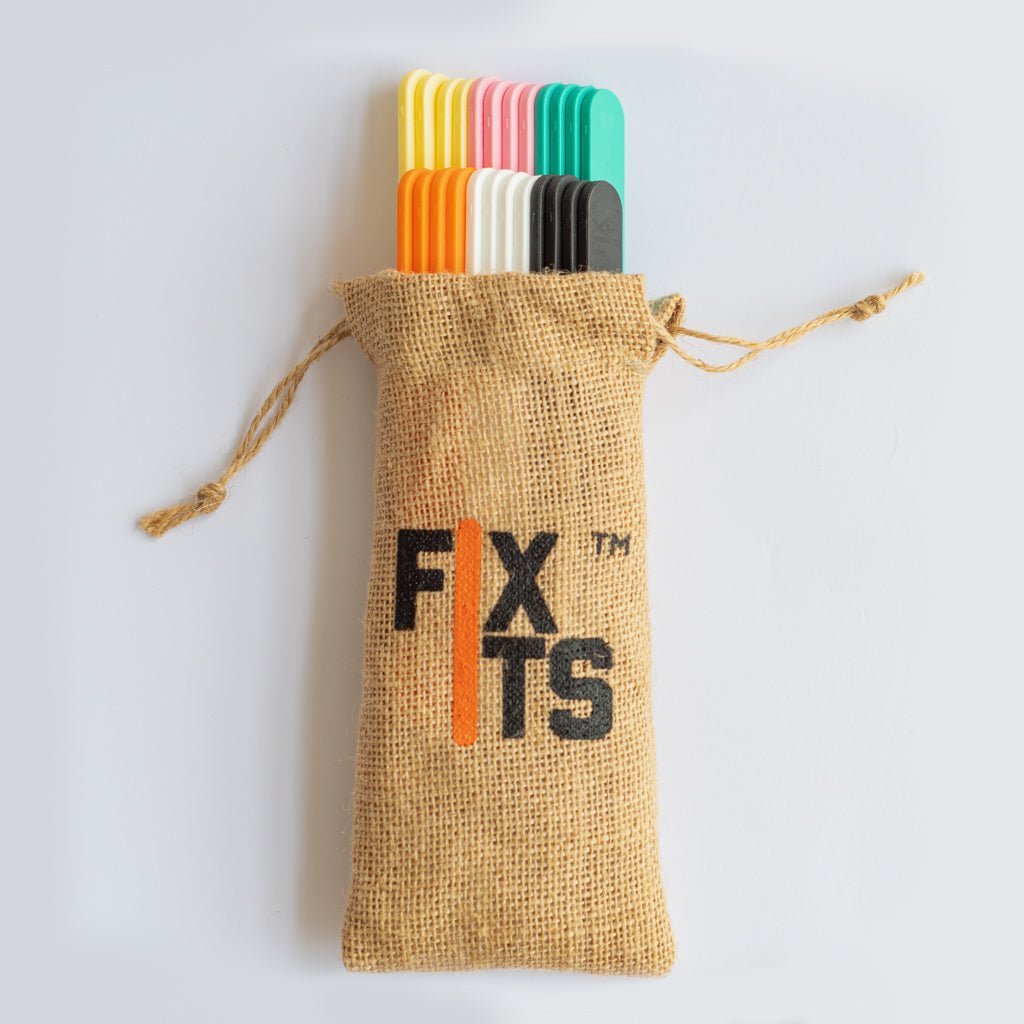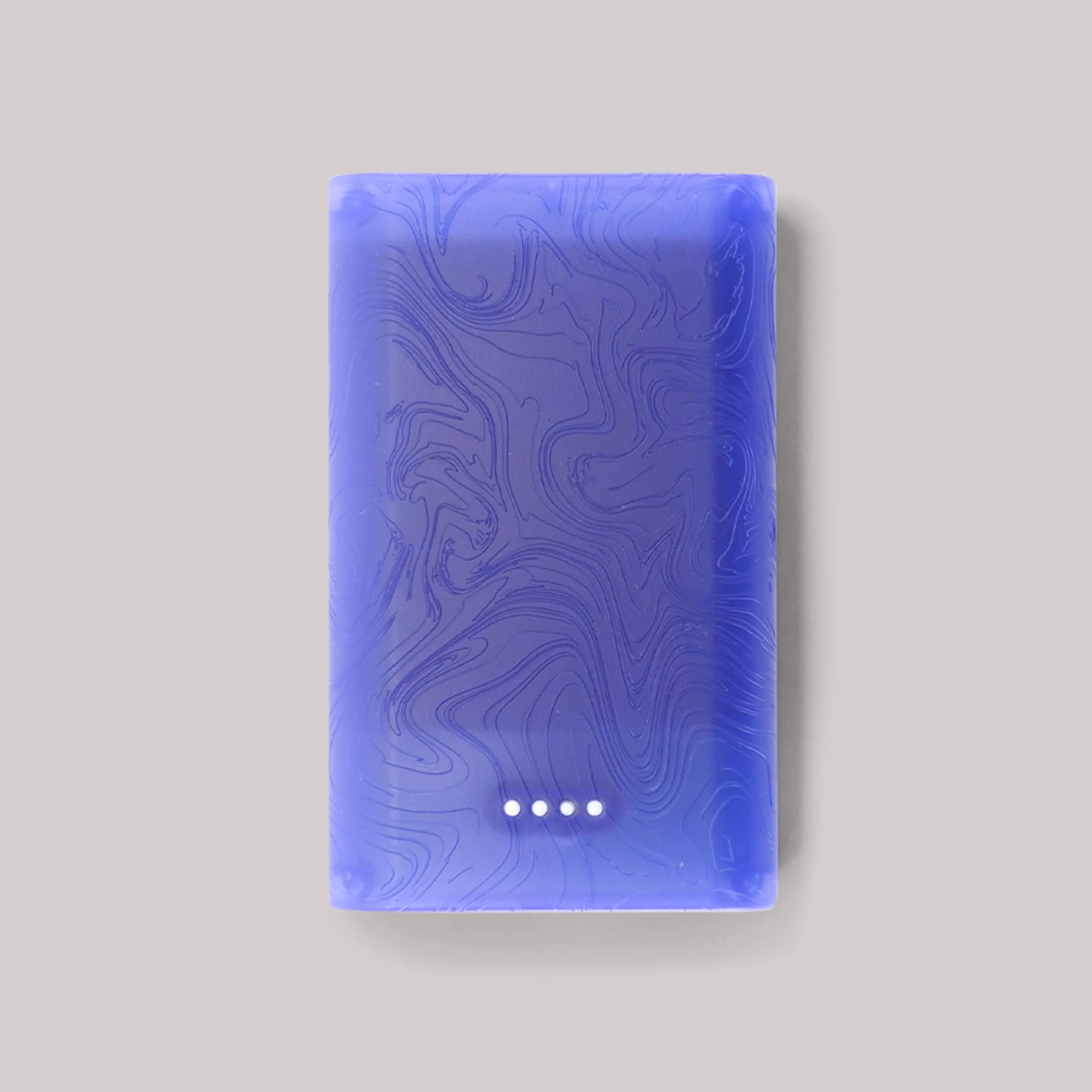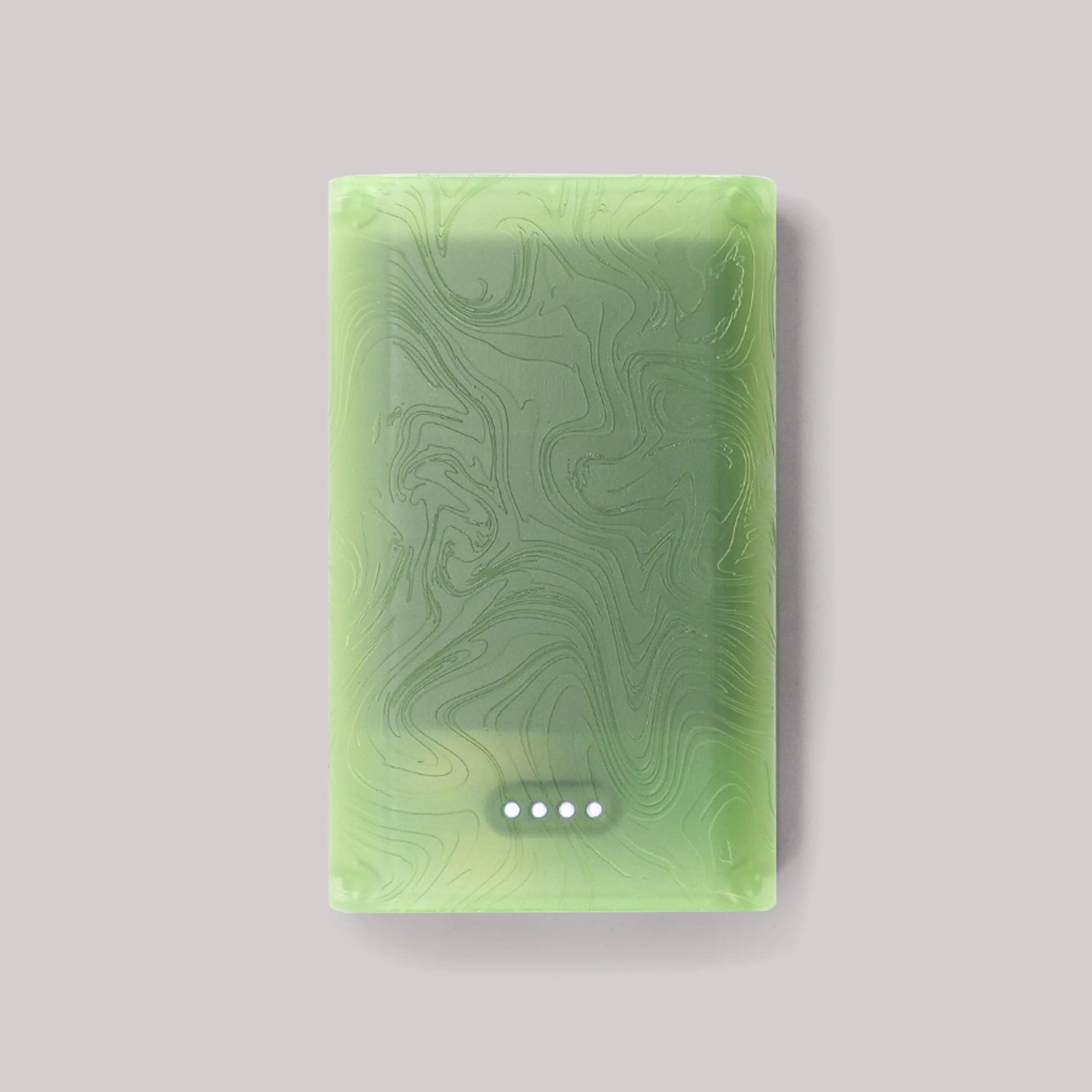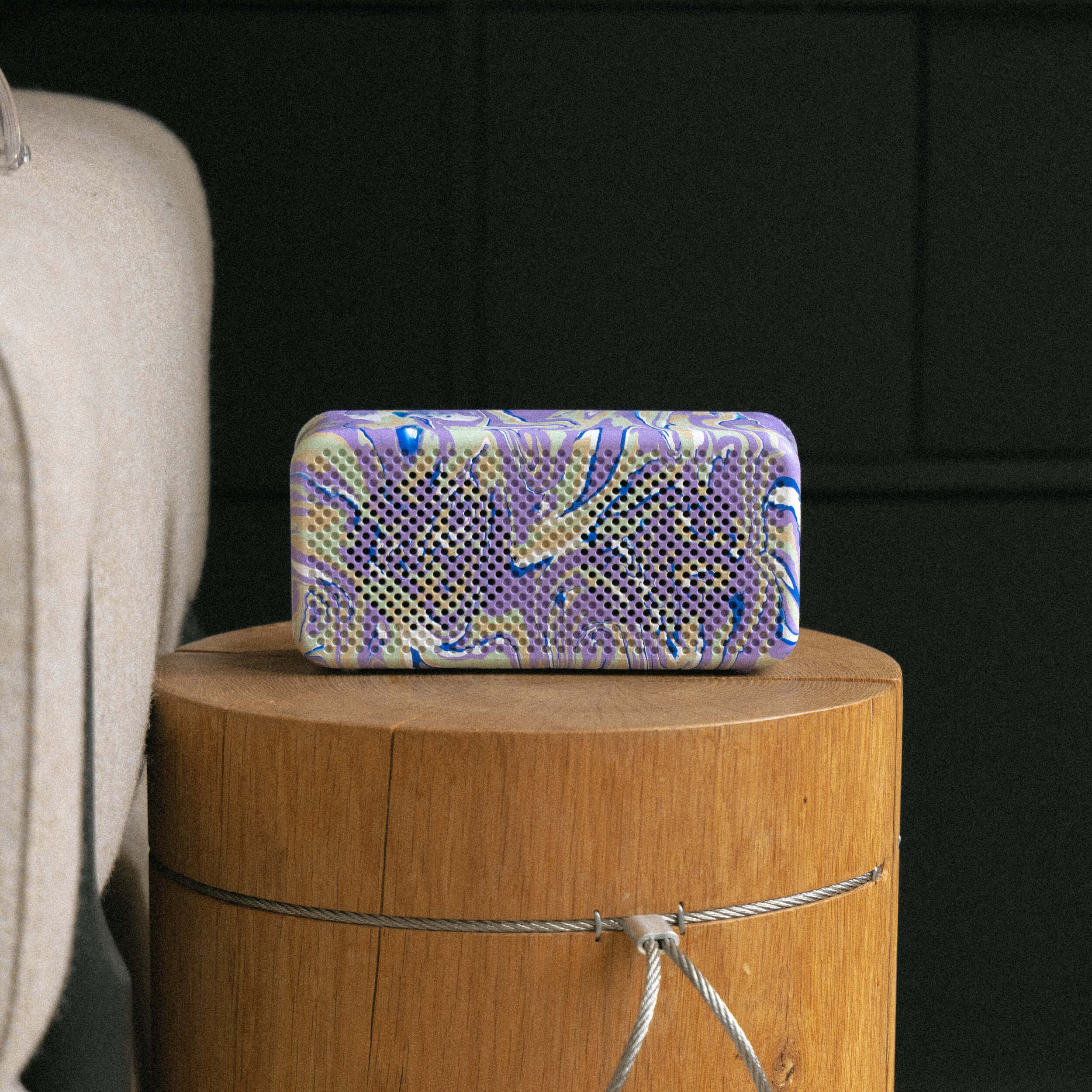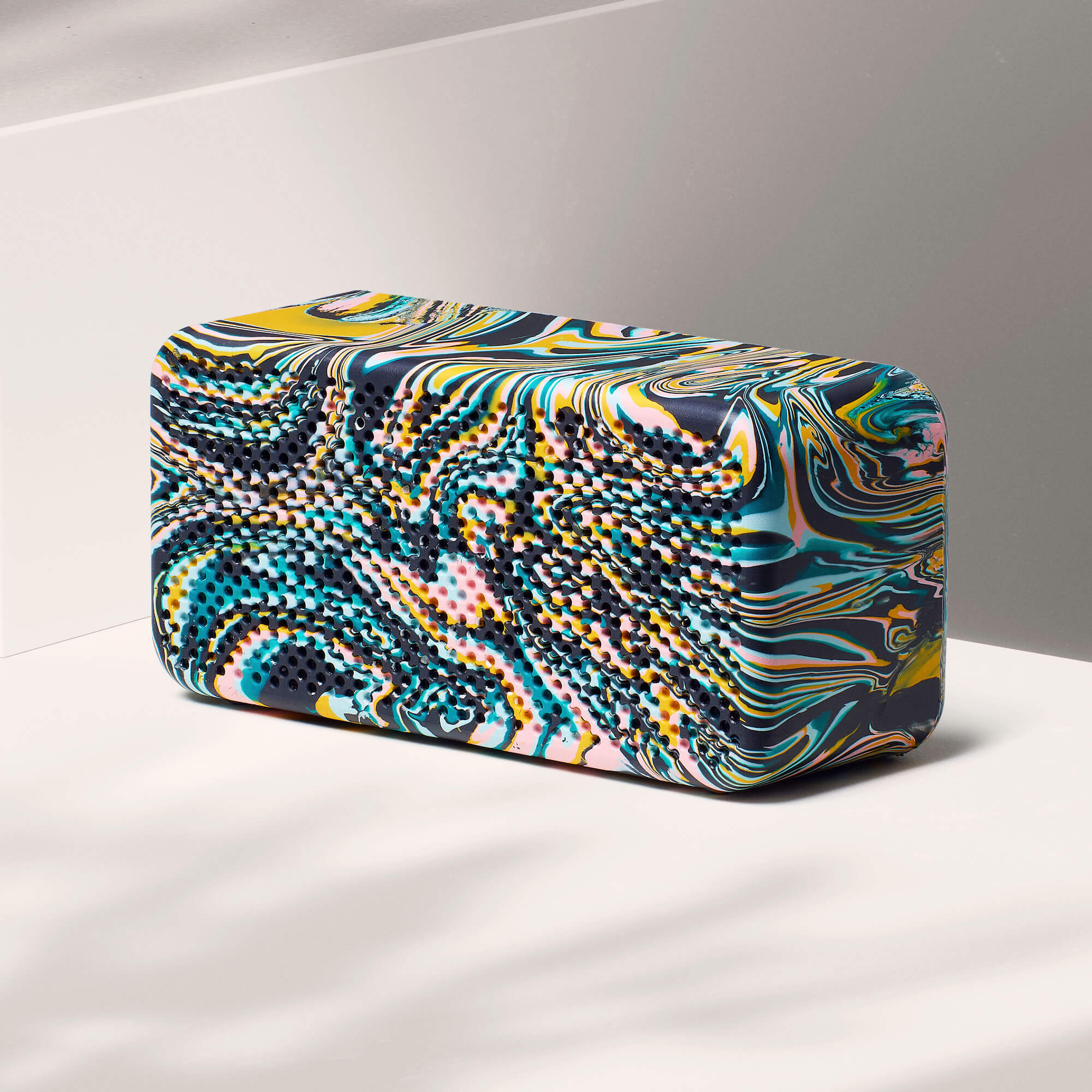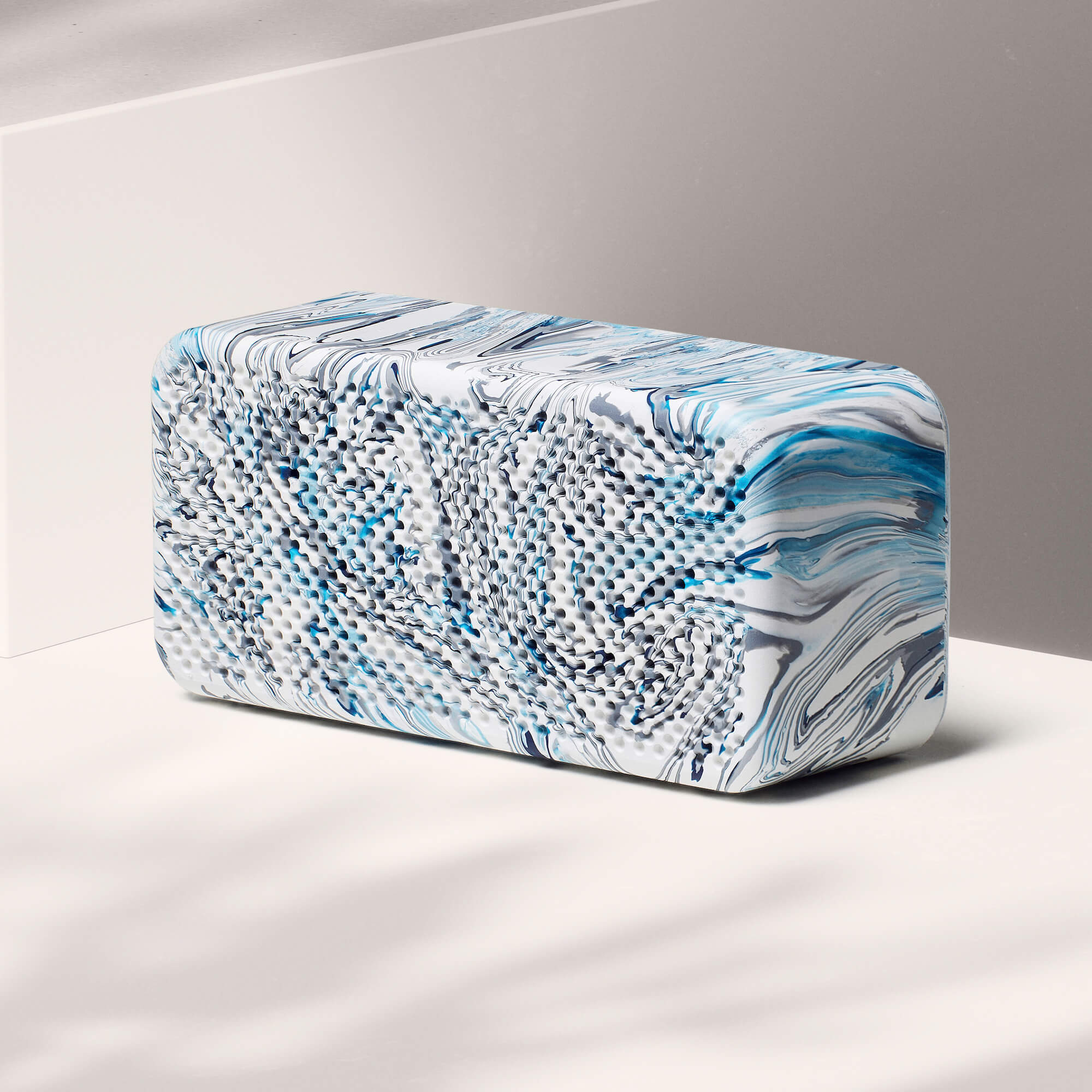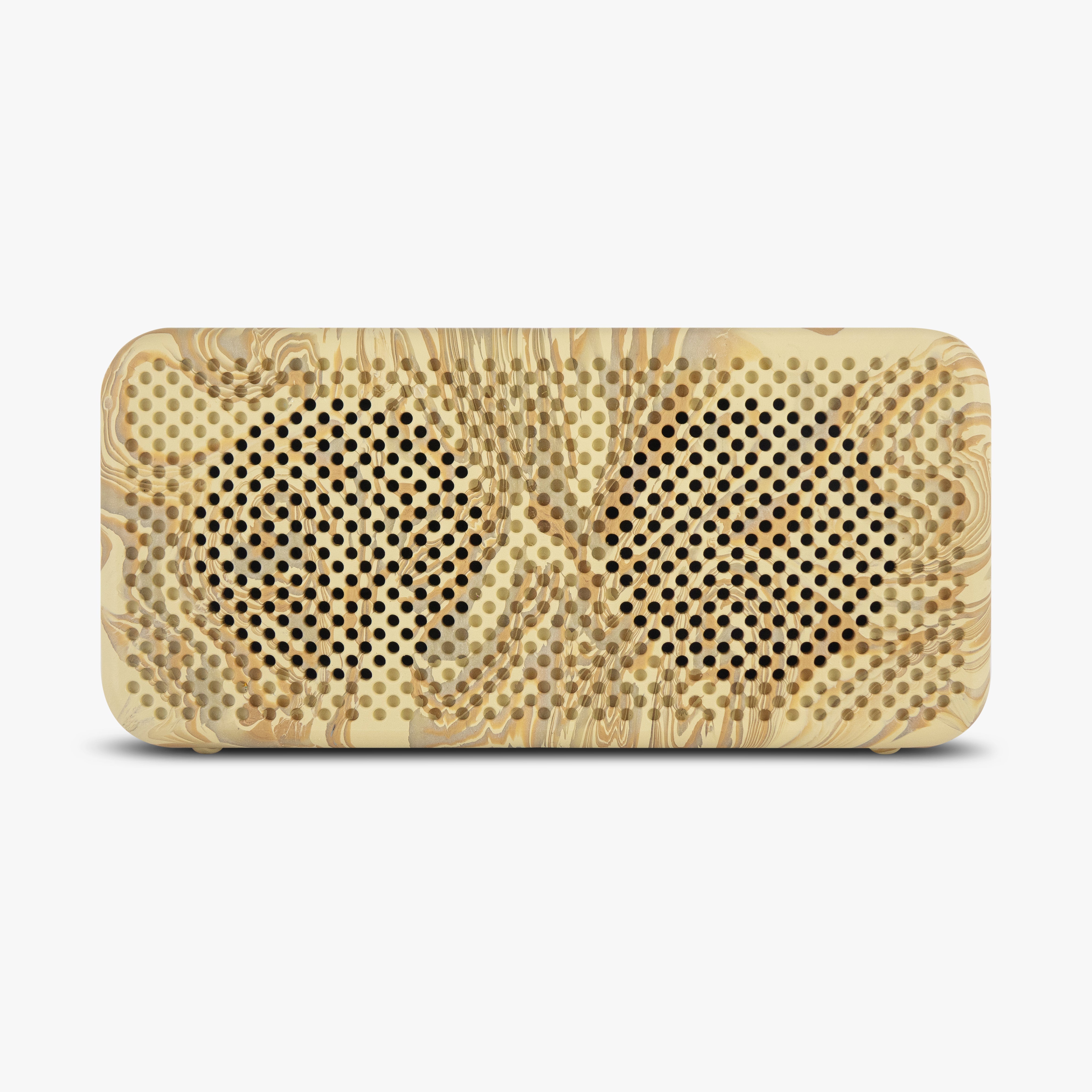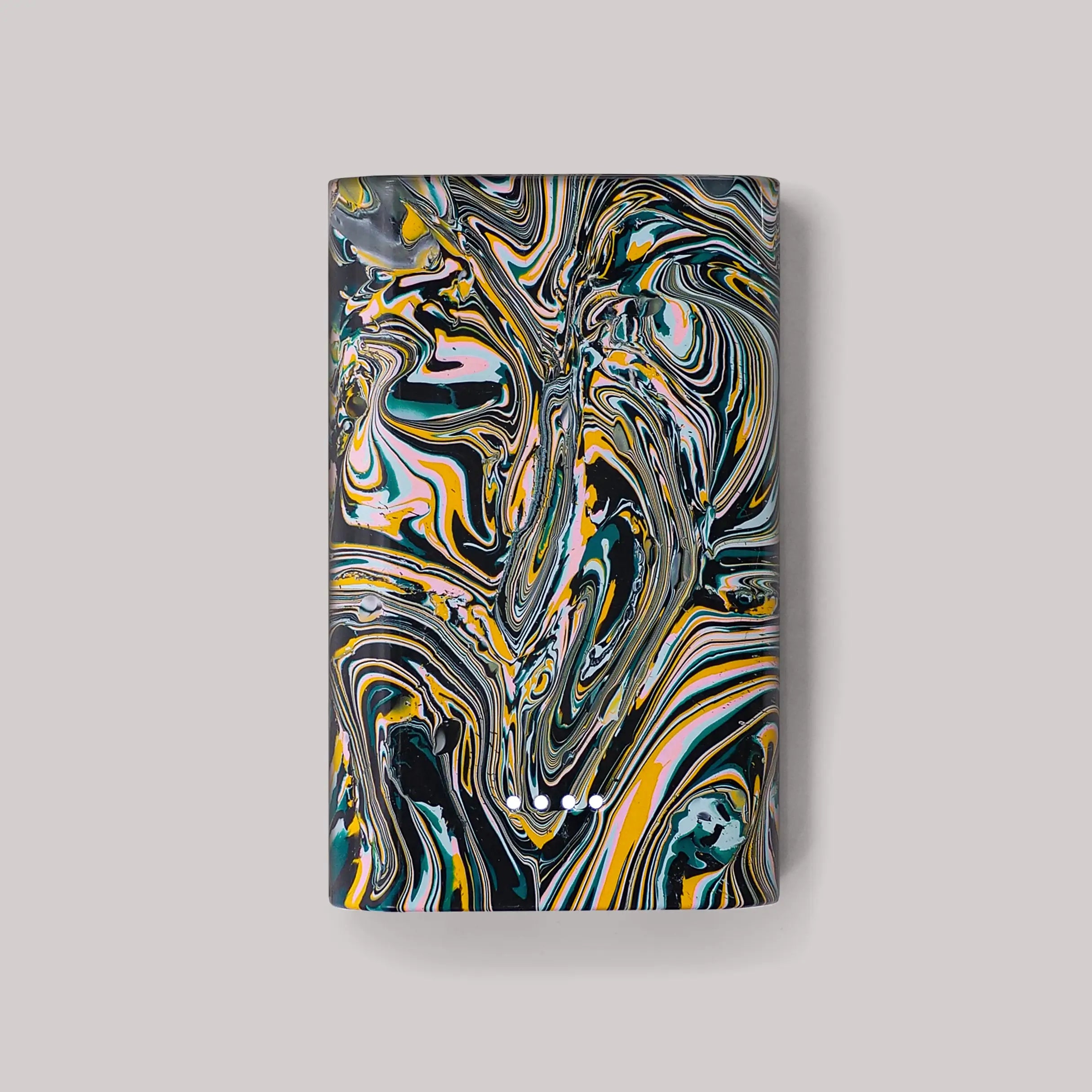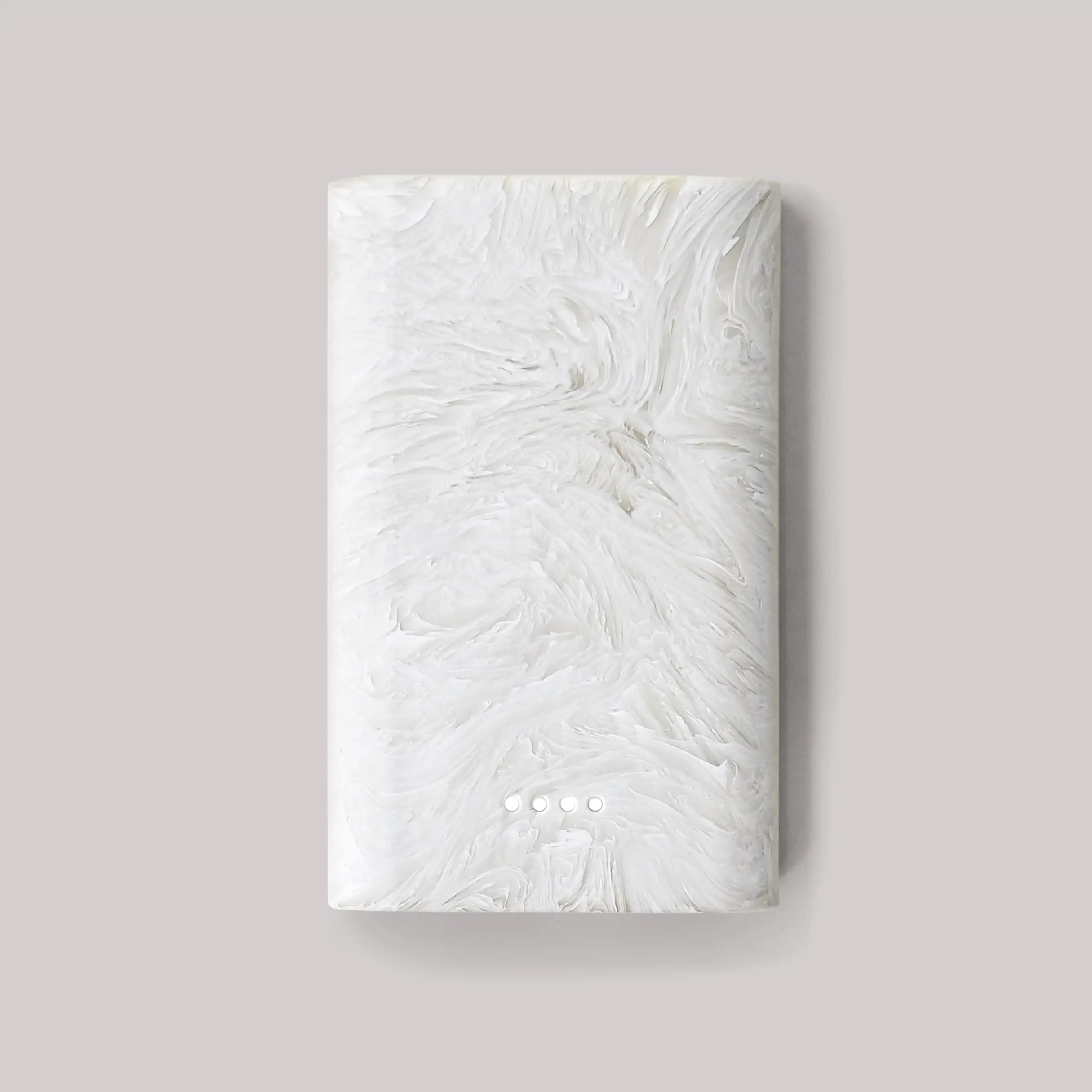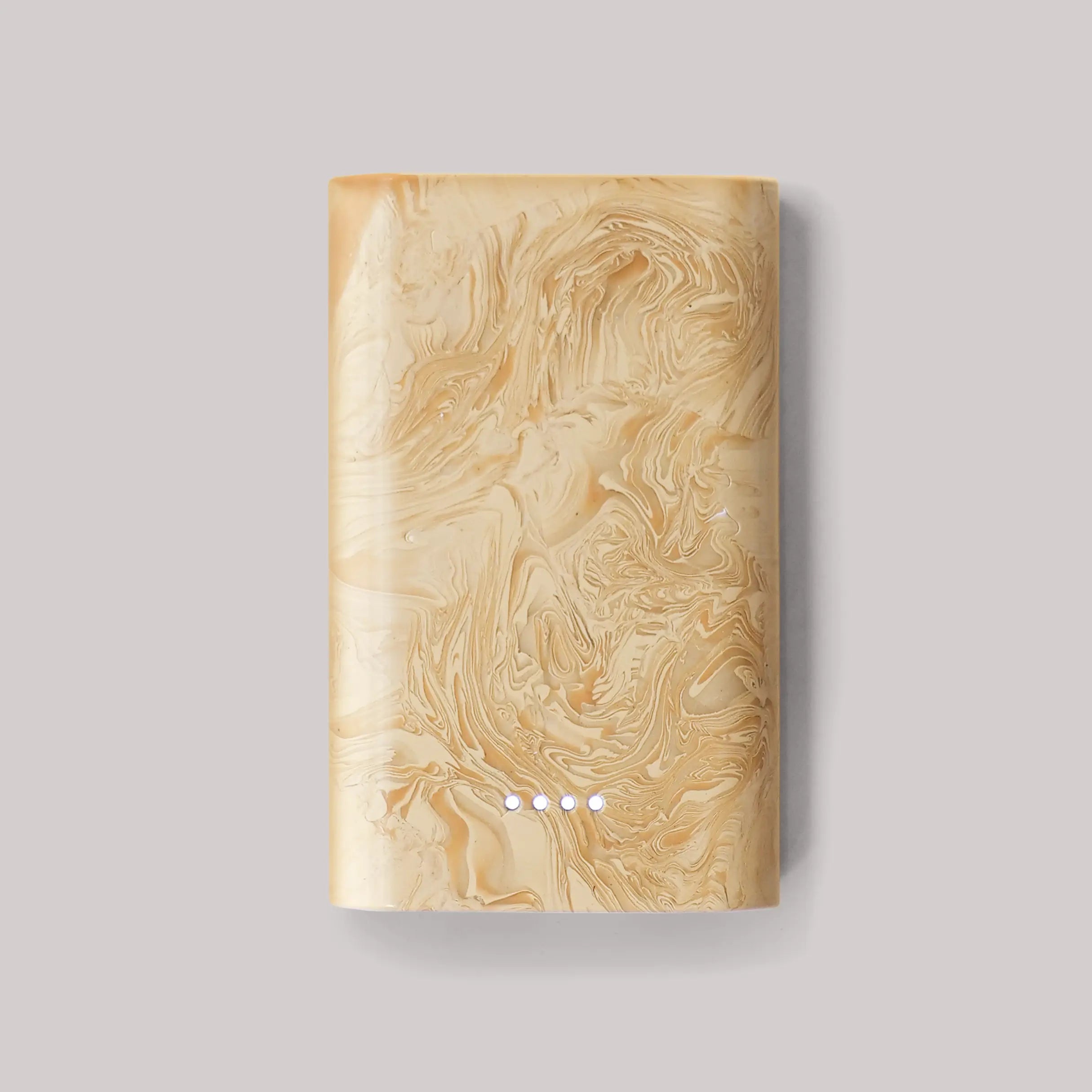Tech Accessories
Durable tech accessories that don’t give up on you. These aren’t throwaway gadgets. Think modular phones you can repair yourself, headphones built to be fixed not binned, and smart appliances with solid guarantees and parts that last. Less faff, less waste, more years of use. A dependable choice for those who’d rather buy once and stick with it.
Tech Accessories FAQs
Which tech accessories are truly buy-it-for-life?
The tech accessories that come closest to buy-it-for-life are built with tough materials, fixable parts, and backed by long or lifetime guarantees. Reinforced cables with braided sheathing and anodised aluminium ends are a great start. Wireless charging pads often outlast cables, thanks to fewer moving parts. Look for brands offering repairs or replacements - they usually mean business. You’ll find our full range of long-lasting tech accessories here, and you can also read how we find the most durable buy-it-for-life products.
How do I care for and maintain long-lasting chargers or cables?
To keep long-lasting chargers and cables going strong, don’t yank them out by the cord or fold them sharply. Coil them gently, keep them dry, and avoid letting dust get cosy in the connectors. If yours came with a tie, use it - it helps prevent fraying. The best ones (think braided sheaths and reinforced ends) can last for years. Some even come with lifetime guarantees. For more care tips, have a look at our care and repair resources.
Can I take phone chargers in my hand luggage when flying?
Yes, you can take phone chargers in your hand luggage when flying - no need to stash them in hold. Standard tech accessories like USB cables, plug chargers, and wireless pads are all fine. Power banks must go in hand luggage too, as long as they’re under 100Wh. The best travel chargers are compact, sturdy, and ready for a few rounds in your rucksack.
Why do phone chargers stop working over time?
Phone chargers often pack it in due to wear and tear - bending, fraying, or overheating can all take their toll. Low-end plastic chargers are especially prone to cracking or short-circuiting. Long-lasting ones have reinforced connections, heat-resistant components, and solid build quality. A repairable design or warranty makes all the difference. Find out how to make your charger cable last longer.
Do wireless chargers use more electricity than regular ones?
Yes, wireless chargers do use slightly more electricity than regular ones - typically 10–20% more, due to heat lost during charging. That said, in normal use, it’s a minor difference. Top-notch chargers with smart energy regulation waste less and often come with safety features like temperature control and auto shutoff. A small trade-off for a neater bedside table, really.
What are the main types of phone chargers available?
The main types of phone chargers are USB-A, USB-C, Lightning, and wireless pads. USB-C is now the go-to pick - reliable, speedy, and reversible. Lightning cables are Apple-only (classic), and USB-A is gradually becoming old hat. Wireless charging pads use induction to power up your device, without fiddly cables - brilliant if you’re after longevity and less faff.
Can wireless chargers damage your phone battery long term?
No, wireless chargers won’t damage your phone battery long term if they’re decent quality. Modern phones come with clever battery management that avoids overcharging. Cheapo chargers might overheat, which can be a problem, but the good ones have built-in temperature control and automatic shutoff. Stick to reputable brands with safety testing and warranty support, and you’ve nothing to worry about.



